Pastoral Candidate Packet
| Who We Are |
| Church Rhythms |
| Demographics |
| Where We Are |
| Pastoral Profile |
| How To Apply |


| Who We Are |
| Church Rhythms |
| Demographics |
| Where We Are |
| Pastoral Profile |
| How To Apply |
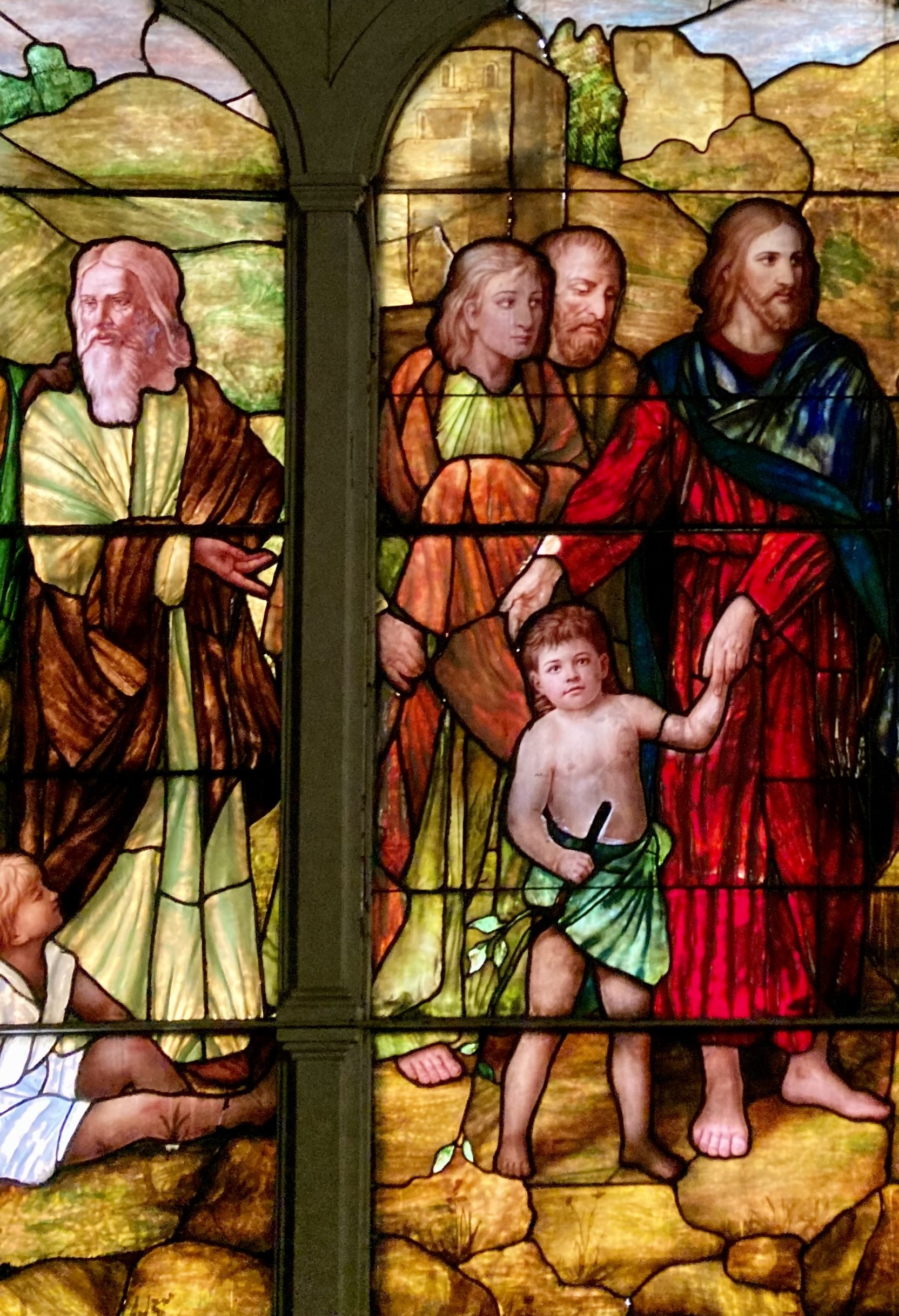
Perhaps you have been pondering the possibilities of some new challenge. Perhaps the changes that have been thrust upon us all with the pandemic have set you thinking about your future, and what God has in store for you. Perhaps someone you know has thrust this packet upon you indicating that you should think about it. No matter what the reason, we welcome you.
We have laid our collective hearts before you in these words and pictures. We have done our best to describe who we are, where we have come from, and what might await our new pastor. They describe our journey as a family of God. If in your reading, you hear the still small voice of God speaking to you, then we hope you will respond in kind, sharing your heart with us.
We have been praying for you. And we hope that you will pray for us. God has not brought us through so much to leave our flock without a shepherd.
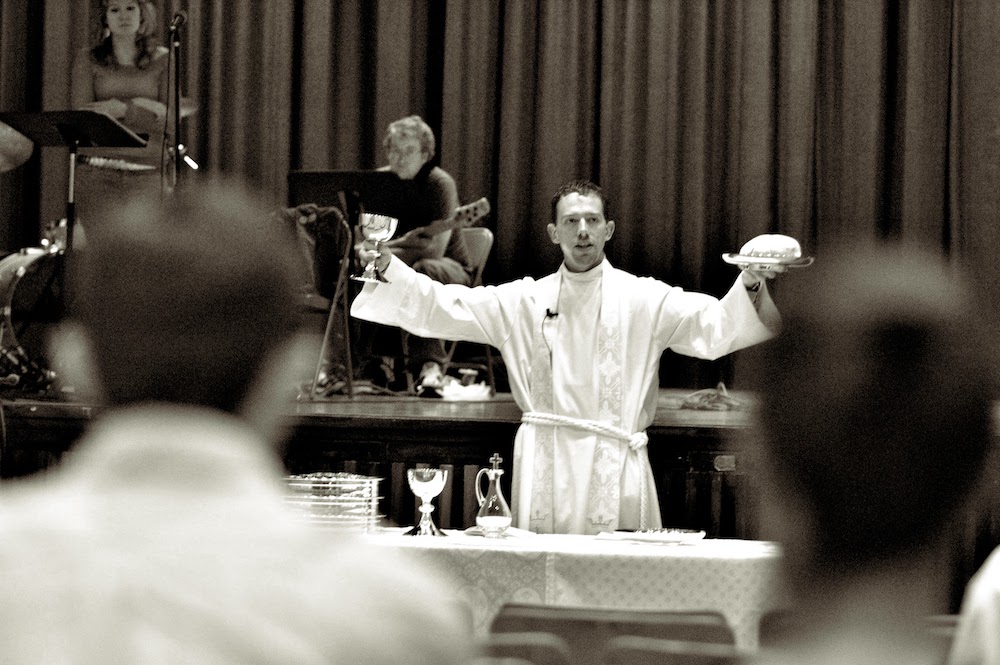
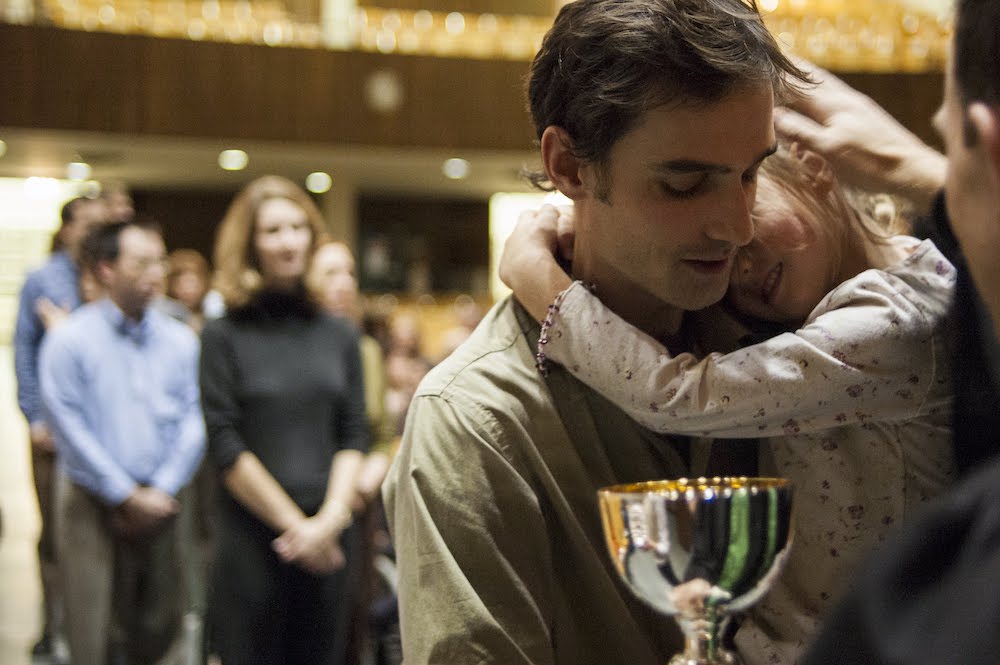
17 years ago, the John Jay High School auditorium became a place of worship. At this first service of Park Slope Presbyterian Church we gathered to worship and celebrate the birth of this new family of God.
The next week, the large auditorium dwarfed the approximately 40 people in the hard wooden seats. After months of planning and prayer, the work of becoming a church began. Our founding pastor, Matt Brown, presided in a huge black robe that looked like he had come straight from a graduation. The band was lively, the liturgy structured, and communion served every week.
We were hopeful.
There was no storage, so we dragged everything three blocks from the basement apartment that served as our church office: speakers, Sunday school toys, tables, audio equipment, bread and wine — whatever was needed — every week, in rain or shine. Once, in an enormous snowstorm, we put on our galoshes and moved everything using the pastor’s kids’ new sleds.
There were leaks in the roof and huge trash cans to collect the water when it rained, inked messages of bored students on the chairs, and bemused security guards. After much persistent pleading, we were given a small room for storage. It was filthy and filled with cockroaches. We were thrilled.
The average age of the congregation was around 30. It seems strange now, but there were almost no children. People worked hard to get to know everyone who came in the door. There was an abundance of joy.
We had a person in charge of parties, then another person in charge of parties...and then another person in charge of parties. We had lots of parties.
We met together regularly for study, bowling, meals, service projects. These groups were the rich soil of spiritual growth, fostering deep relationships within the church and cultivating outward ministry to our neighbors.
We were becoming a church family.
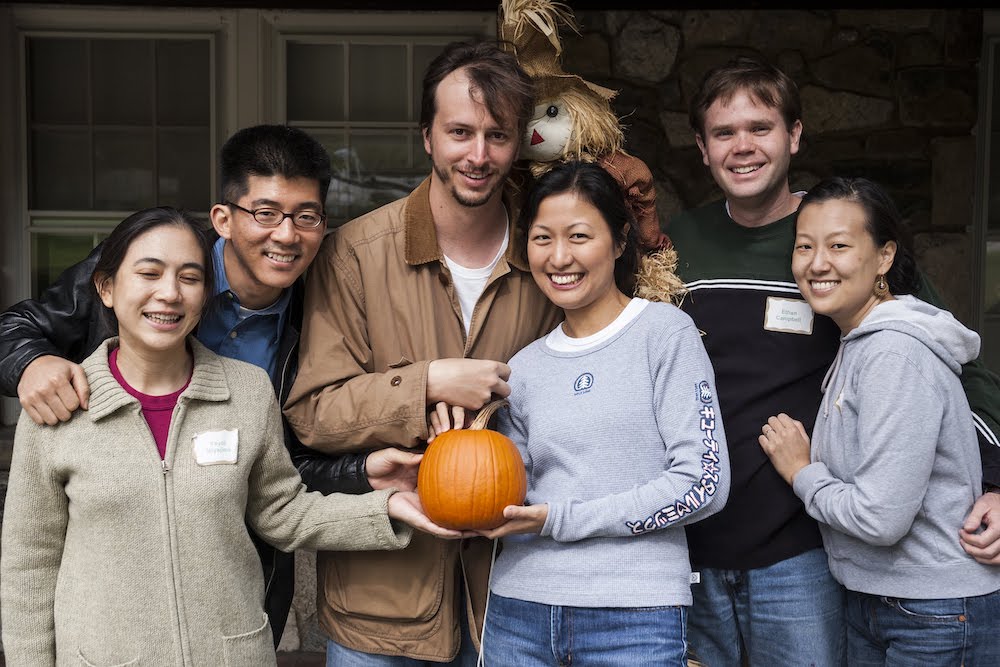
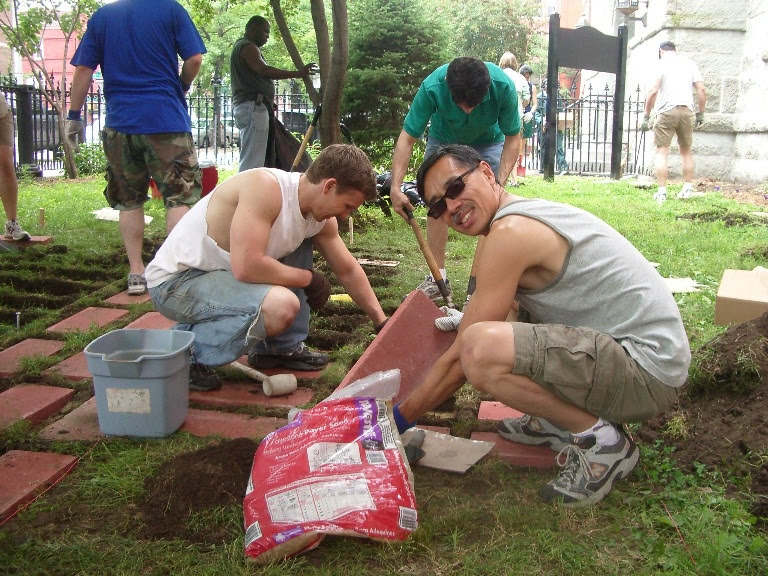
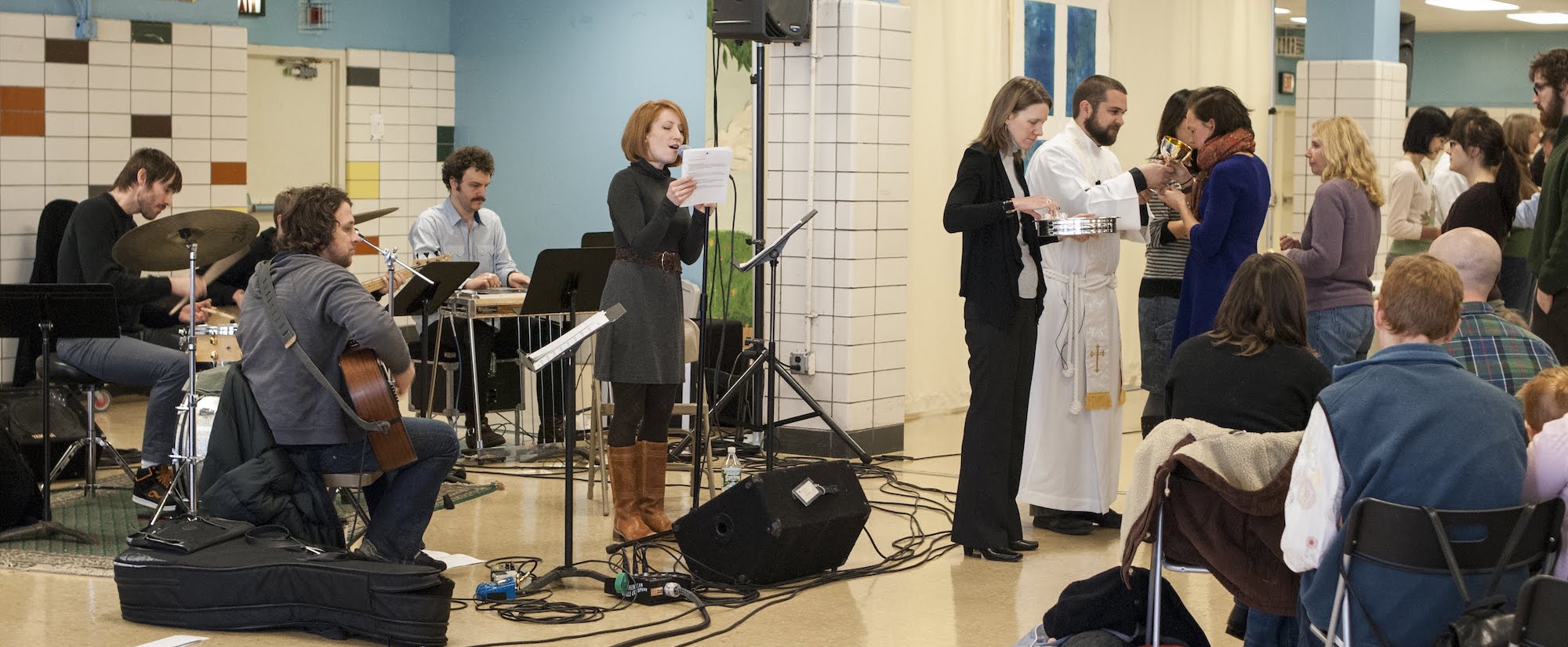
When the auditorium went under construction, we moved upstairs to the cafeteria and found new joys to share. The congregation was growing. Leaders were stepping up. New families were joining and couples were becoming families. Our Children’s Ministry was burgeoning. And, we gained use of the kitchen for monthly potlucks.
The new space came with a bigger storage site. There were no seats, so we bought, stored, set up, and took down two hundred folding chairs each week. Everyone chipped in. A group of artists in the church created banners to cover a strange painted mural. The kids ran free, and God blessed our work.
We learned to feast together.
After 8 years of worshipping in the high school, changes in policy in the NYC Department of Education forced us to find a new home. Our brothers and sisters at Greenwood Baptist graciously took us in, but it meant moving our service to the evening while we searched for a more permanent space. This was no easy task — we had grown too big, and many spaces that might have worked were unwilling to host a church.
It was a short but discouraging time for us. Yet God would not take us so far without a plan, and after long negotiations, we began worshipping at a local Jewish temple.
We learned to trust our Lord.
The temple space was wonderful. There was storage, plenty of room for all the kids and for celebrations. It felt like a church, with Old Testament scriptures in stained glass and a sacred feel to the space.
With a new Music Director, we went a bit country...and up-tempo. The children danced in the aisles to “Amen” at the end of the service, and put on a ridiculously cute annual Christmas pageant. Along the way we continued to grow, gathering people from a wide range of backgrounds and Christian traditions into one family. We began and abandoned an evening service at a different location. Got rid of the black robes. Rearranged the service more than once. Served the community.
We had women’s bar nights. Men’s bar nights. Family retreats. Women’s retreats. Youth retreats.
We learned how to celebrate.
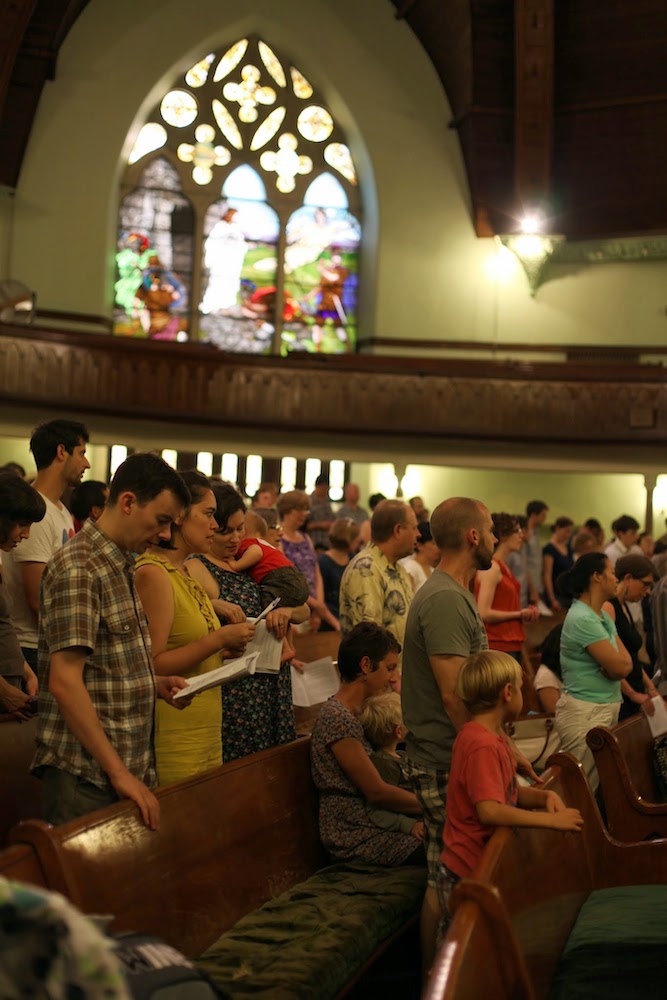
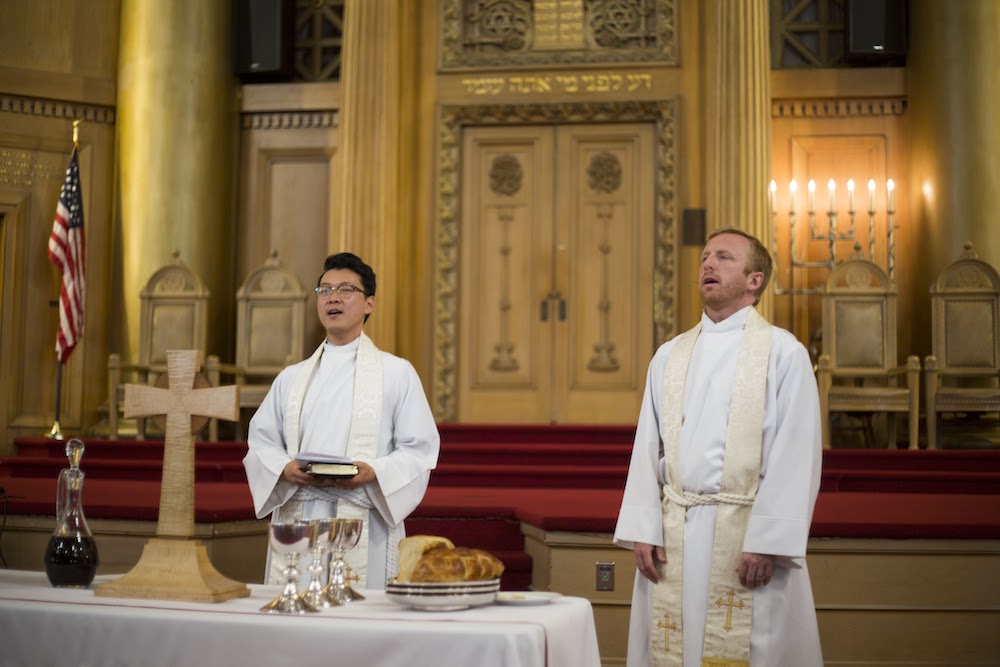
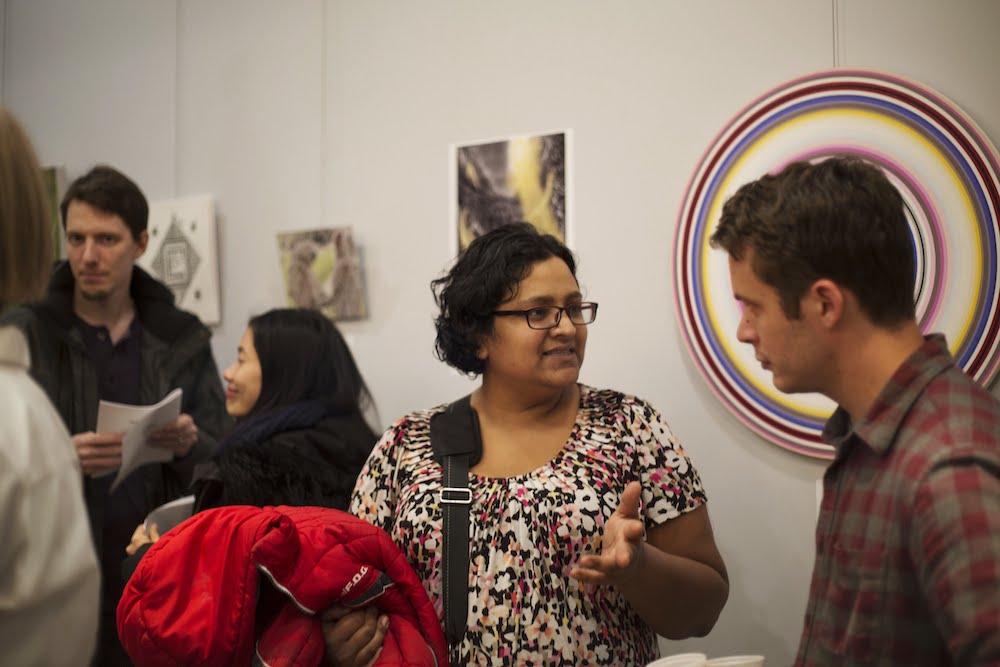
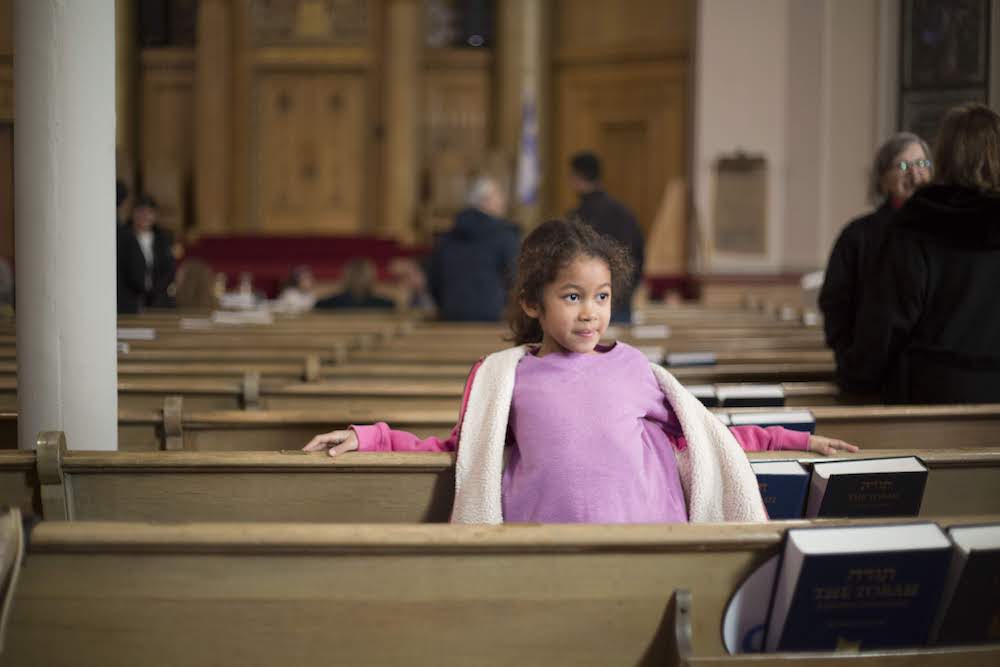
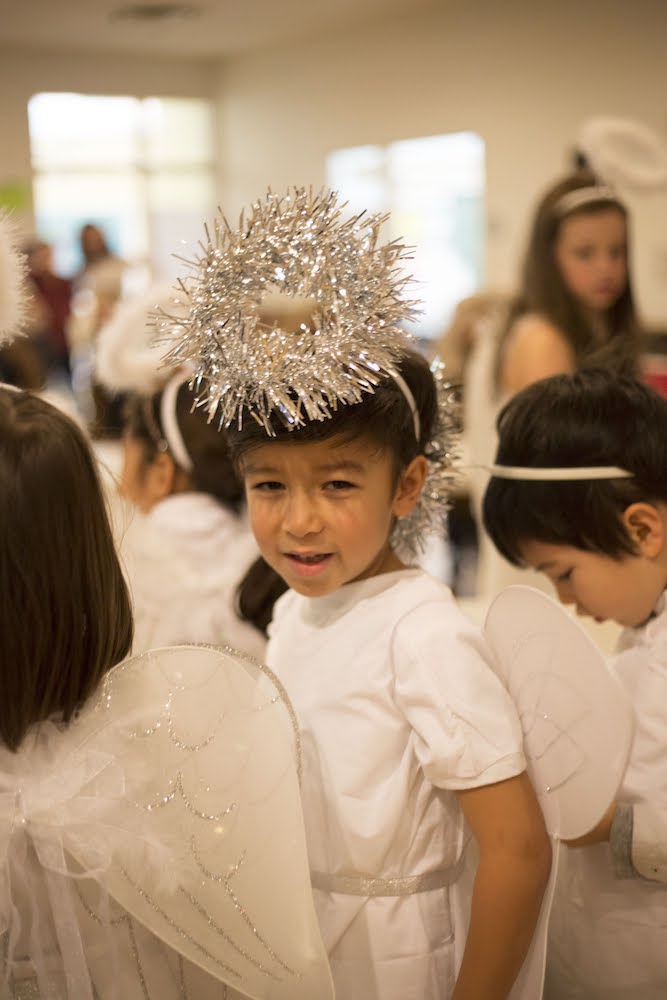
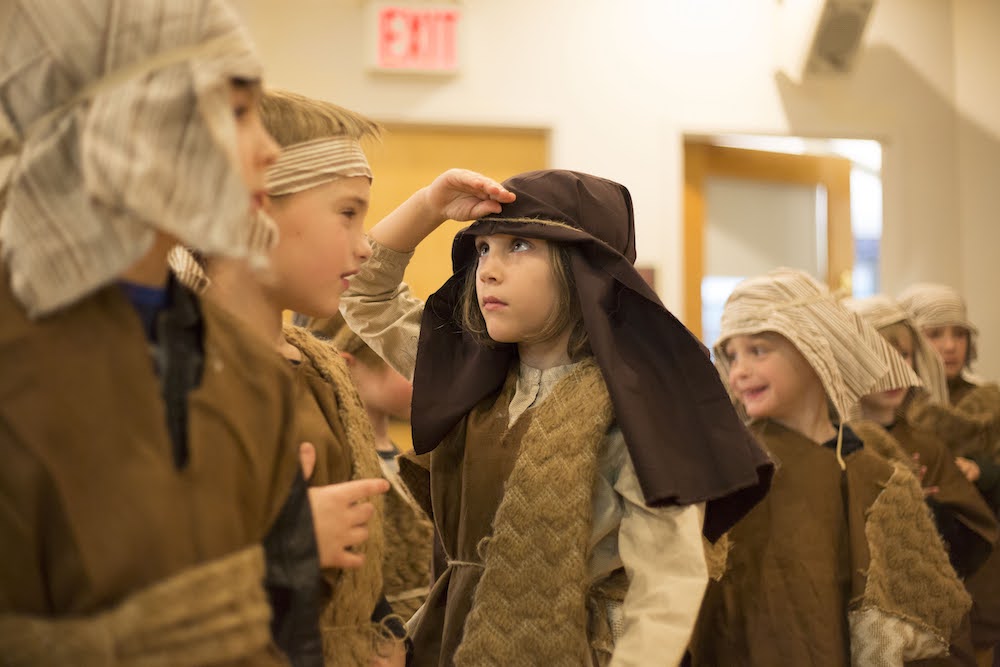
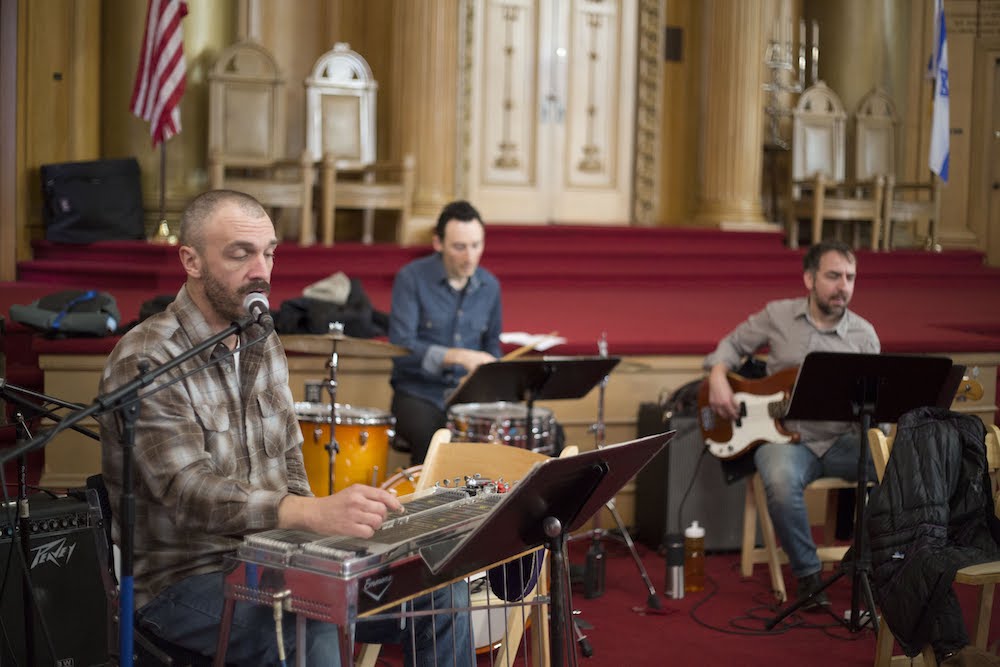
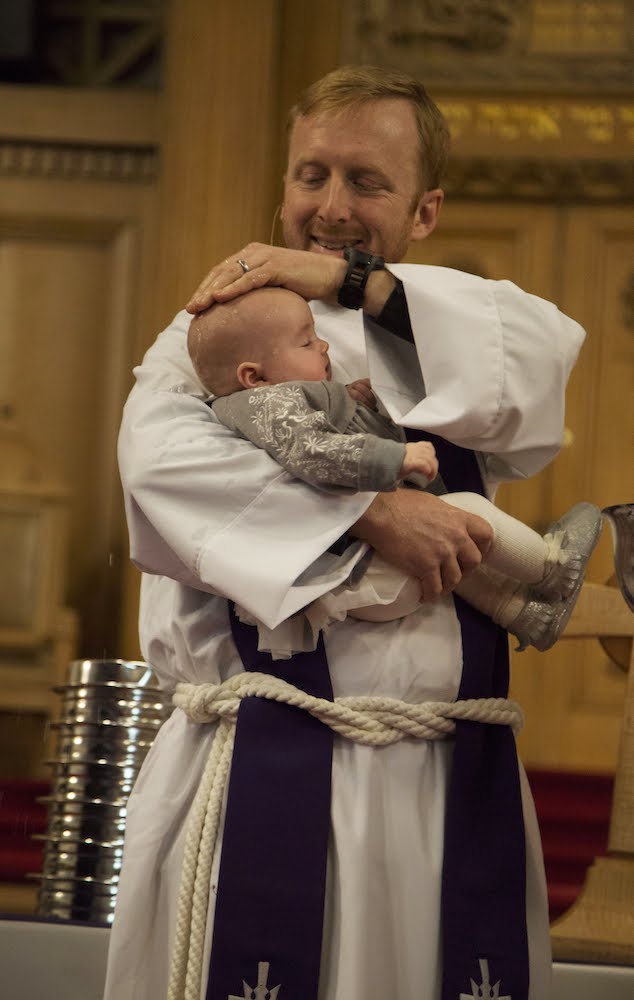
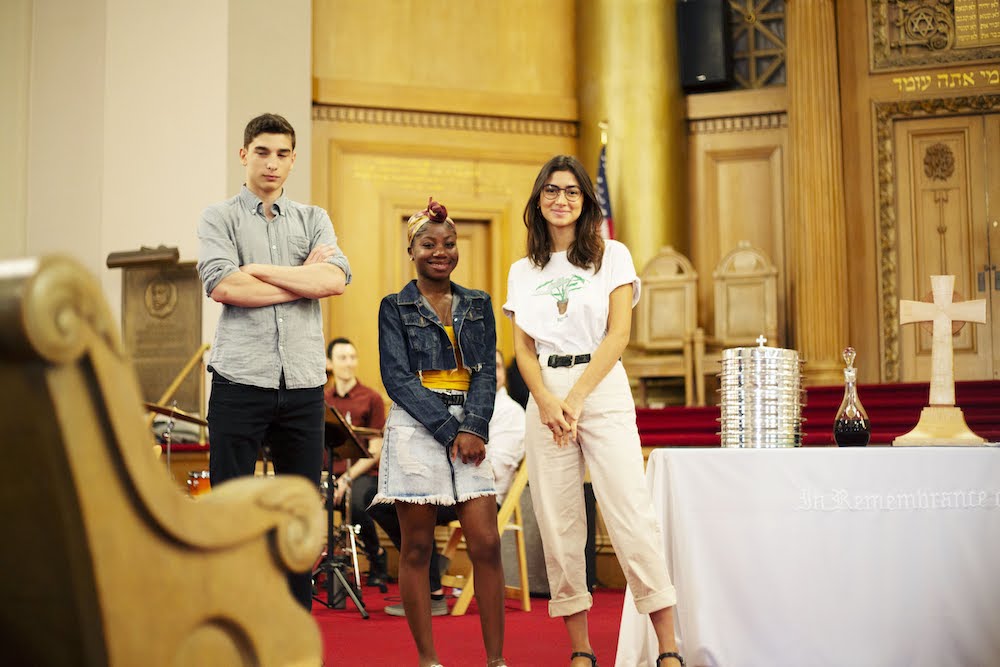

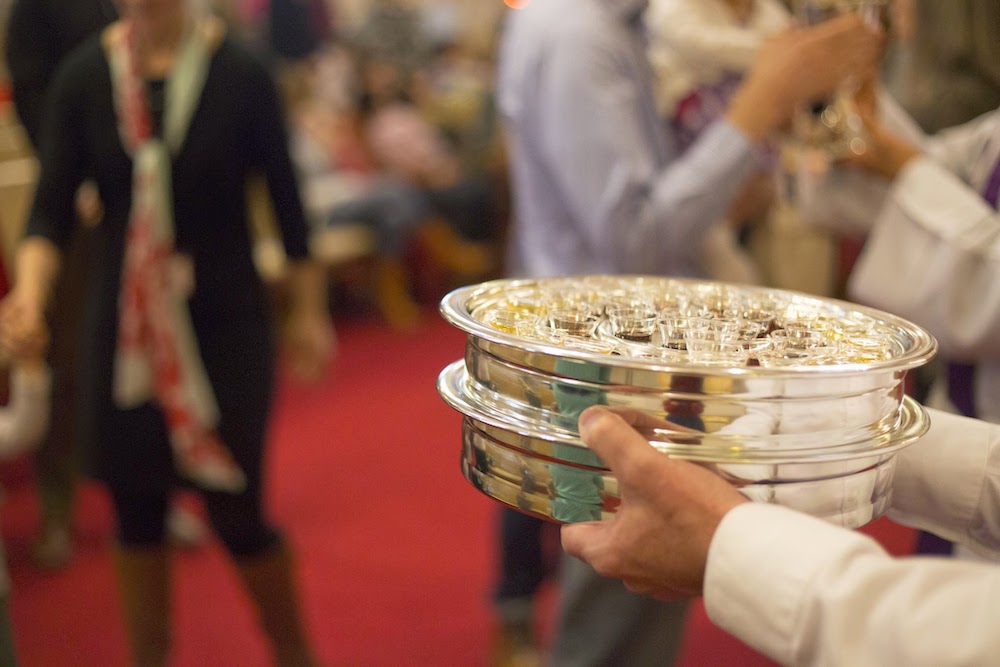
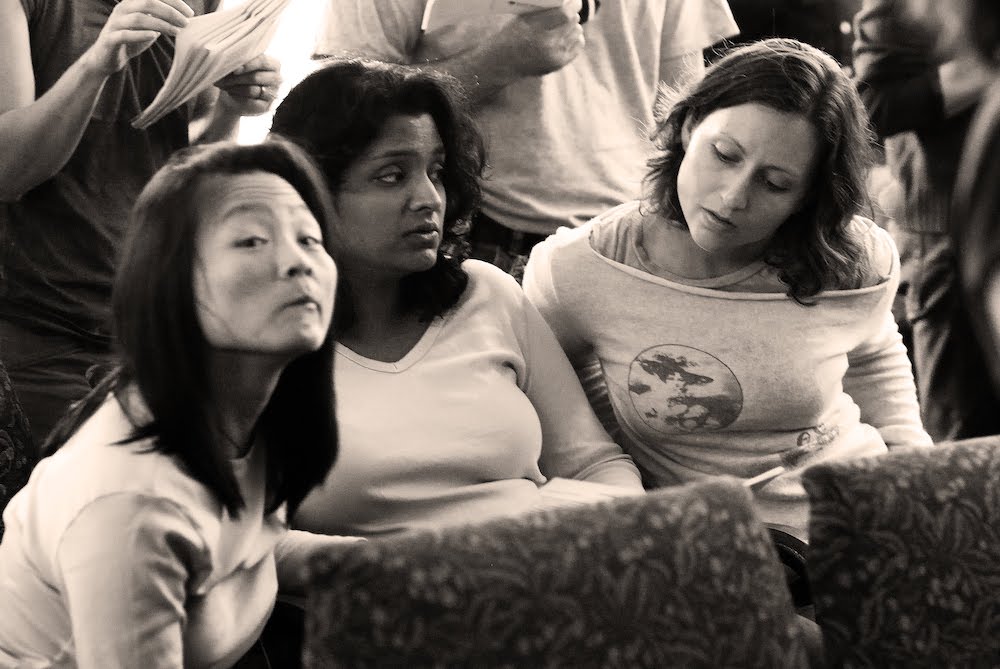
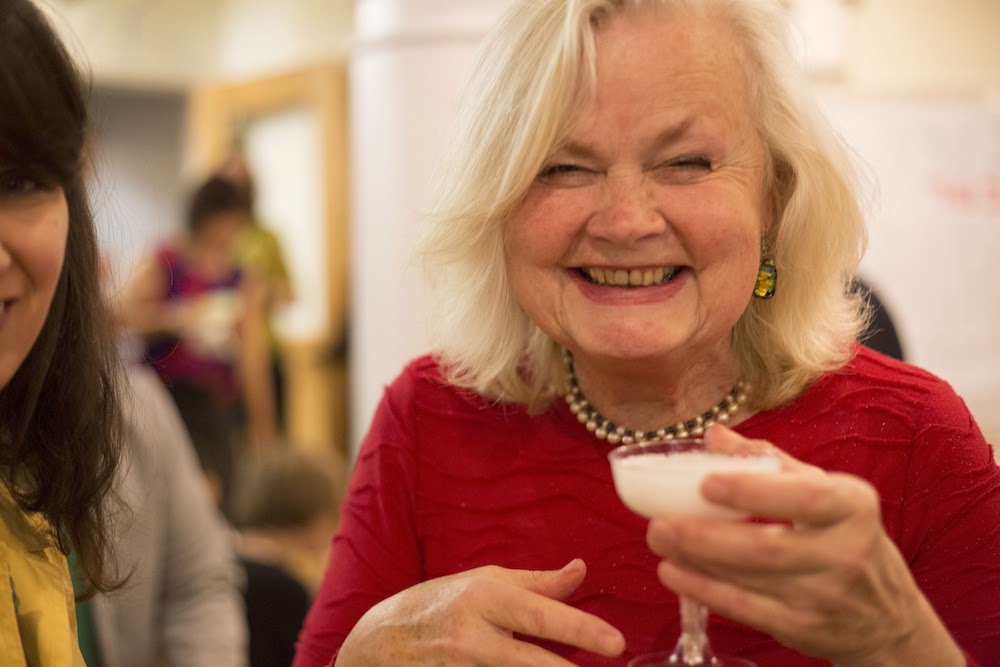
Planting churches was not the only way that we served our neighborhood. We helped to paint the hallways and bathrooms of John Jay, bought them basketball scoreboards and other equipment. We served Christmas meals and held movie nights at a home for seniors, volunteered at a food pantry, sent off Christmas gift boxes. An adoption support group was formed. We forged a relationship with a women’s shelter: sorting clothing donations, organizing storage, helping the residents to plant gardens, enjoy baking projects, and perhaps most enduringly, helping them to prepare for job and housing interviews.
Our most ambitious and significant effort started in 2012, in the aftermath of the enormous destruction of Superstorm Sandy. Immediately after the storm, many other groups in the city did the important work of providing for immediate food and shelter needs. We joined with a few city-run shelters to provide basic necessities. We made an important decision during that time — that our efforts would not be short lived; we chose one of the badly affected areas to partner with for the long haul.
Brian Steadman, who came to us as a church planting intern, became our “Pastor of Disaster” (you can imagine the wonderful riffs that came of that designation) and we focused on the shore community of Sheepshead Bay in Brooklyn. Through him, our church organized for the long work of cleanup and rebuilding. House by house, in regular work parties, we donned our hazmat suits and tore down water damaged materials, remediated mold damage, and rebuilt homes. Brian found a local space and we built temporary bunk beds so that we could host groups from outside the City who wanted to help. These volunteers came to church on Sunday and worshipped with us. They came to our homes and ate with us. The Steadman family moved to Sheepshead Bay and continued to be an important part of that community, eventually taking the logical step of planting a church there.
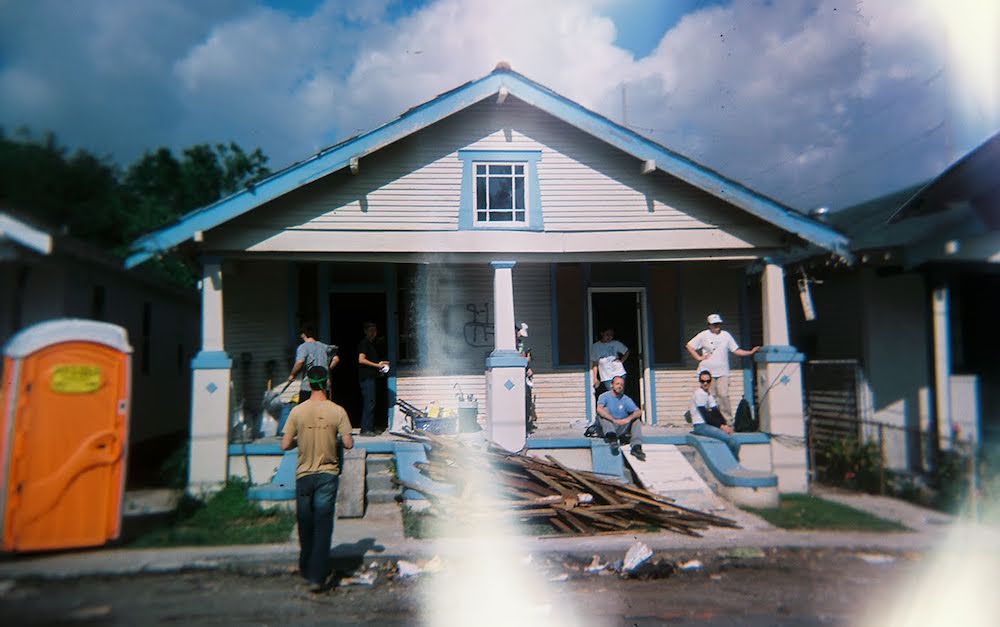
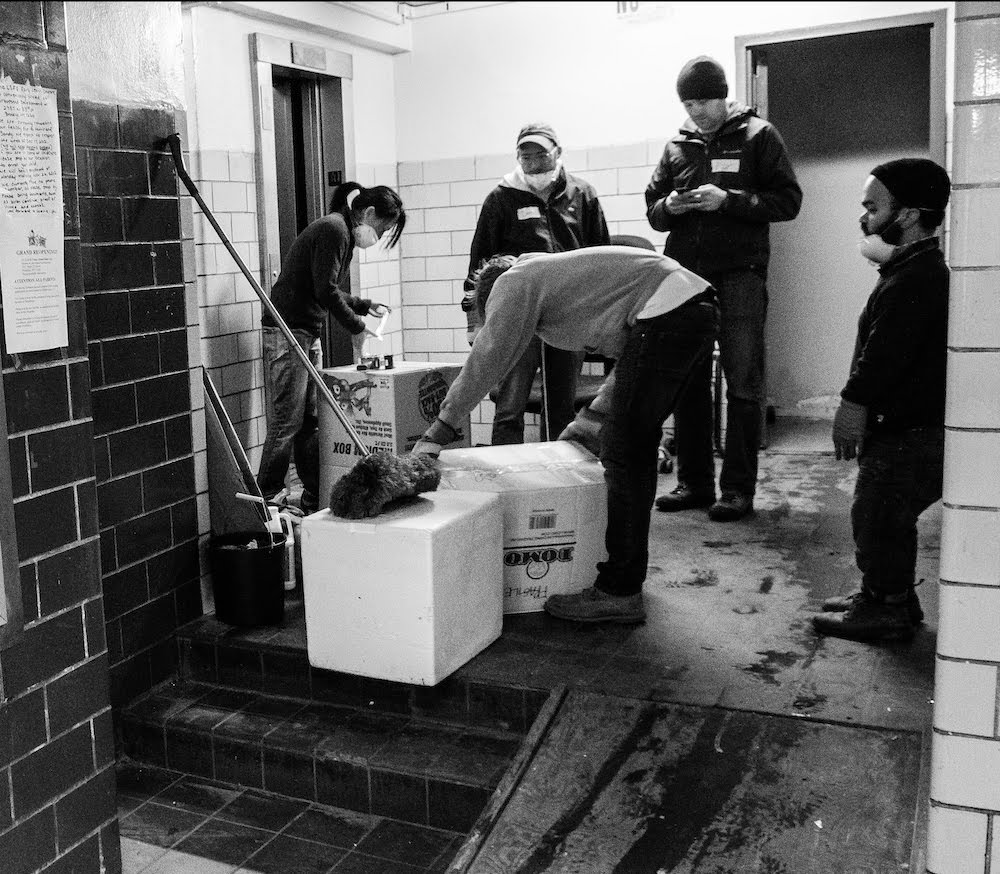
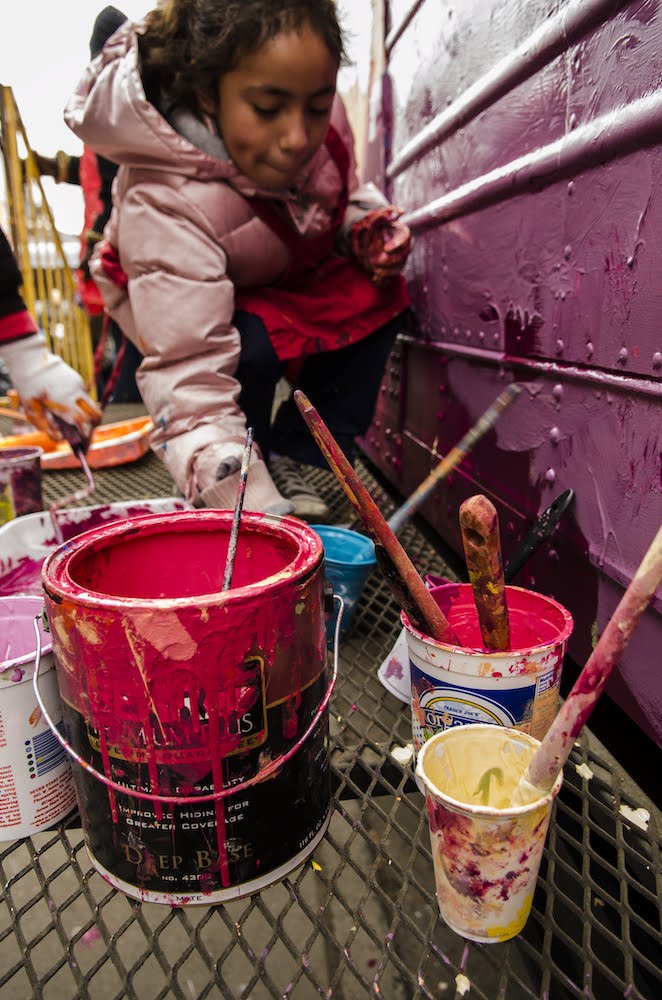
Our church was founded with a mission to procreate. We sought to train church planters, seed new churches in Brooklyn, help them to flourish, and then to work together as siblings to create an even larger church family, under the new network name of Resurrection Brooklyn.
So we welcomed, loved, and sent off five pastoral interns and their families. They grew up with us, brought their talents and ideas to us, and were ordained here with great celebration. They changed us with their love, their wisdom, and their gifts.
And so it was with pride and joy — and not a little sadness — that we sent them out, four of them leaving to plant new churches. We commissioned three of these to start sister Resurrection churches. With them, our church — so new itself — sent off cherished members of our own congregation to help in the difficult work of starting another church.
Each time we commissioned those departing members for the work of church planting, we celebrated and then turned back to the task of rebuilding.
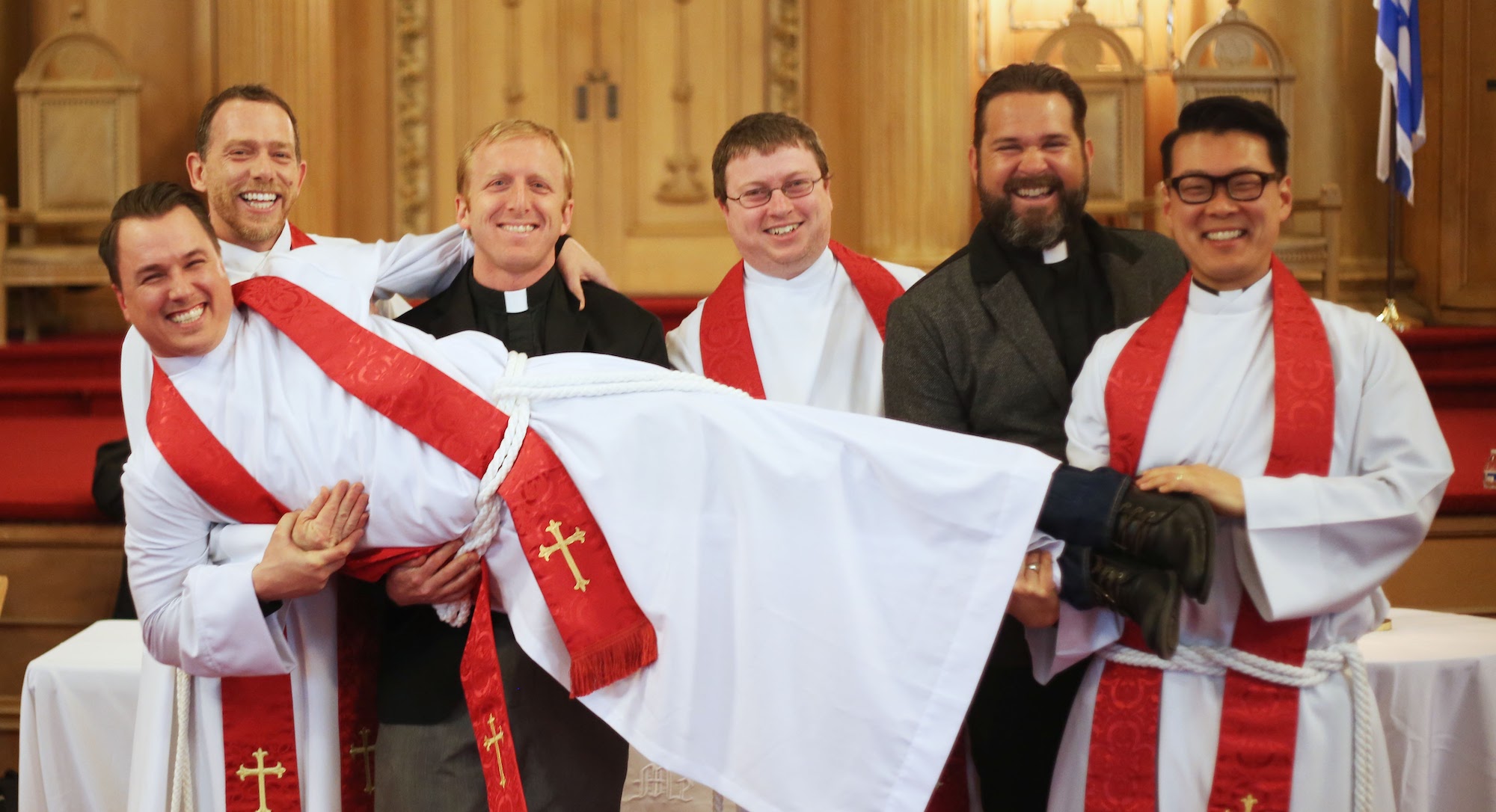
The last of those commissioning services was in November of 2015. Once again, we watched with sadness as beloved members of our congregation stood in front of the church and were commissioned to go to new churches. At that moment, we realized the enormity of what building back would mean. We were sending off 21 active, adult members of our community, and their children. We lost their leadership, their hard work and their resources.
Like any young congregation, we have rejoiced with those who rejoice — with celebrations, baptisms, marriages, adoptions, and graduations. We have also mourned — enduring disease, mental illness, disability, divorce, and death. In the past few years we have lost dear members of Resurrection Park Slope. The pain of these tragedies continues to reverberate, and our church body continues to ache. We trust in and look to the Resurrection of our Savior as the source of our hope and strength to help us care for those who are hurting most.
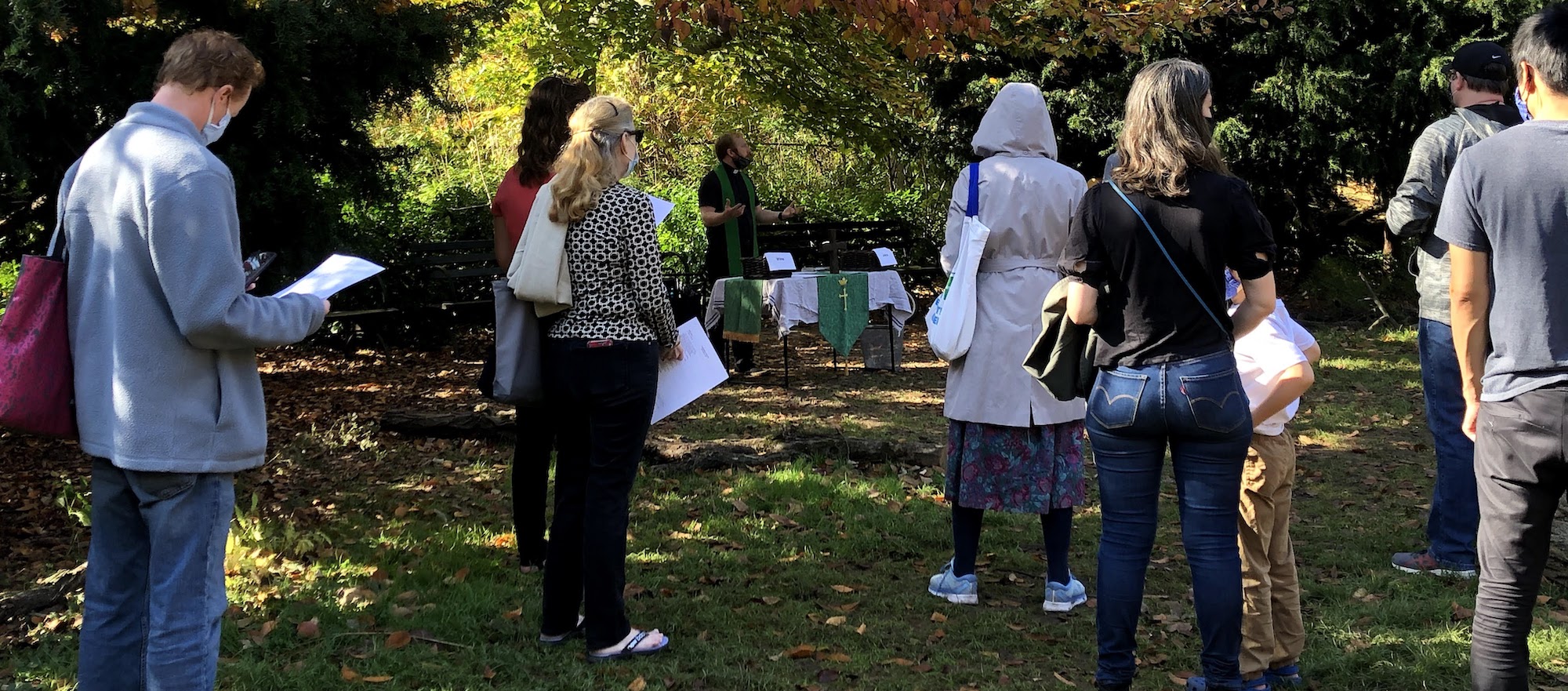
Our pastors have taught us through their lives and their teaching. There have been a variety of Sunday Schools over the years that have encouraged us to mature through the study of the Bible together, the most recent being a study of the Gospel of John. Our pastors have faithfully shepherded us, encouraged us with their wisdom, celebrated our joys, and comforted us in sorrow.
Wonderful musicians have come and gone, each bringing their different styles and talents, providing structure to our praise, lifting our hearts, and moving our bodies. We hope that this always brings joy to God’s ears.
Of course, this is Brooklyn, and our church family resembles this wonderful place we live in. It is a city on the move – people perpetually coming and going. Today, very few of the original congregation remain at Resurrection Park Slope.
Members married, had kids, grew older. Many left to pursue new opportunities, family duties, professional demands, to seek more space in the suburbs, etc. The truth is, our congregation wearies sometimes of saying good-bye. But as always, God is faithful. He has always brought and, we believe, will continue to bring us new people. And they will make our community stronger and richer.
So, the question remains: who are we now?
We are still blessed to be a family that knows how to care for each other. As Chris always said, we are good at “one-anothering.” Like any family we sometimes miss the mark. We grew weary of the hard work of keeping the family together, of welcoming the stranger, especially during COVID. There were times when more transparency between the leadership and the congregation would have been welcomed. We need to develop new congregational leadership, discipleship, and broader participation. We want to resemble the team on the field instead of the fans in the stands. This active participation is part of what built up our church in the beginning. The feeling that every part of the body is critical to its health and flourishing.
Our moms meet regularly and strengthen each other with study and sharing. Our Mercy and Meals ministries walk with us in times of need. Our art ministry seeks to reflect the creativity and majesty of our Creator. In and out of the Children’s ministry, we work to honor our vow to help parents raise their children.
In addition to the formal worship and sponsored ministries, it is what happens informally that makes this a family of God. Again and again, we are a people that care for each other in very tangible ways. The prayers that are asked for and given. The prayers that are needed and not asked for, but given anyway. The hugs (both real and virtual), and the well-timed text or phone call. The reaching out, the listening ears, and the concrete follow through. Grieving together. Rejoicing together.
We are energized by our return to worshipping together in person, and we are hopeful and waiting in faith to see who God provides for us as our next shepherd.
As a church that was founded to plant others, we now need to be "re-planted."
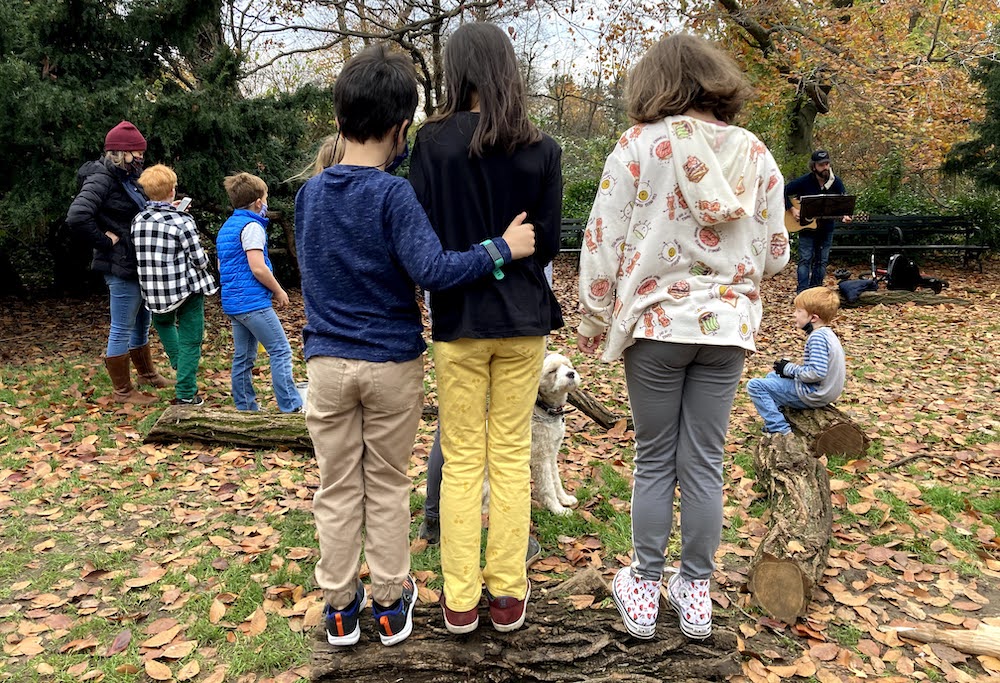
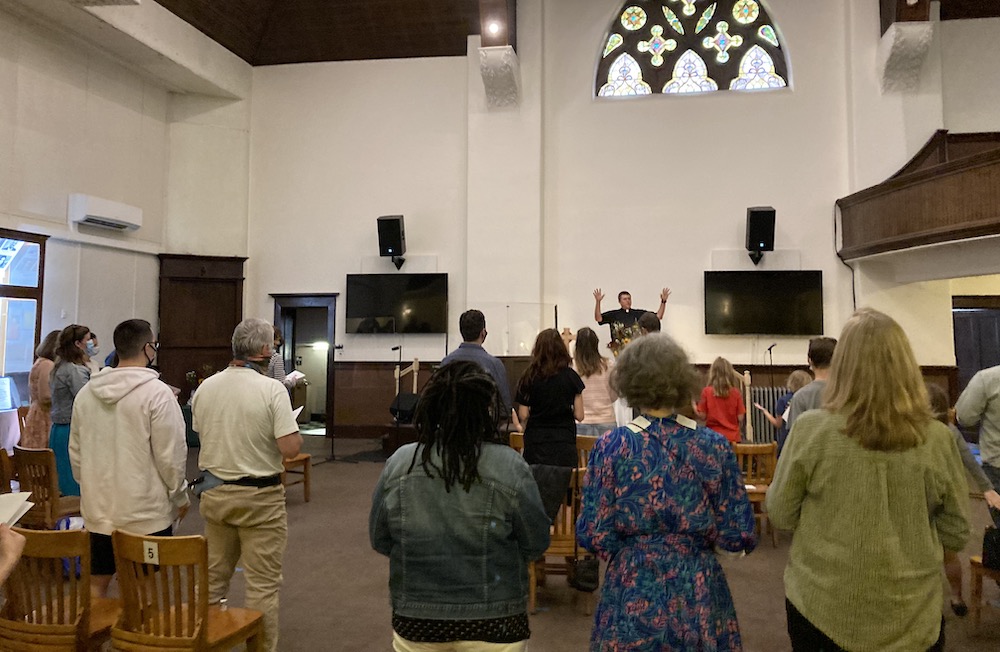
We are a liturgical church within the EPC. There is a comfort in the structure of the worship. Our bulletin headings read: God calls us, God sanctifies us, God speaks with us, God sends us. It is edifying and comforting in its order, displaying how we come before our Lord. It is something we know deep within our hearts. There is rhythm in this.
The weekly banquet of bread and wine — which, until Covid, was served from the front of the church — provided the unchanging words of comfort, “this is Christ’s body, broken for you,” “this is Christ’s blood, shed for you,” — words intoned by elders and parishioners to each individual. Joining our body to the Body of Christ for nourishment and unity, the family of Christ celebrating the work of Christ. But, this is not a solemn affair; families lined up together, full of greetings and embraces. The children are blessed, and all who acknowledge Christ as their Savior partake.
We follow the church calendar. The color of the Pastor’s stole and the altar cloth reflect the seasons of the church. Though the pastors have long since given up those great black robes, they often wear cassocks and always wear collars.
There are rhythms outside of Sunday worship, as well. Like many churches, we have always had small, localized, community groups. What we called them changed over the years, but the work of strengthening our Christian lives through the study of the Scriptures through small neighborhood groups provides the sinews that tie our body together, and allows us to not only mature in our faith but also to serve one another on a much more intimate scale. Rejoicing. Weeping. Serving.
Without our own building, there is no place for midweek teaching, so these in-home gatherings are even more important, yet are made more difficult due to COVID. We miss delving into our faith in a more intense way. In the past, we became more deeply rooted with in depth Bible studies on Sunday mornings and in a year-long discipleship program called Brooklyn Fellows. This program gathered small groups of men and women who were eager for more spiritual meat, agreeing to intensive scholarly reading, study, prayer and reflection on theological, philosophical, and cultural topics. These programs helped to train our spiritual muscles, giving us tools to meet the culture around us. We are hungry for more.
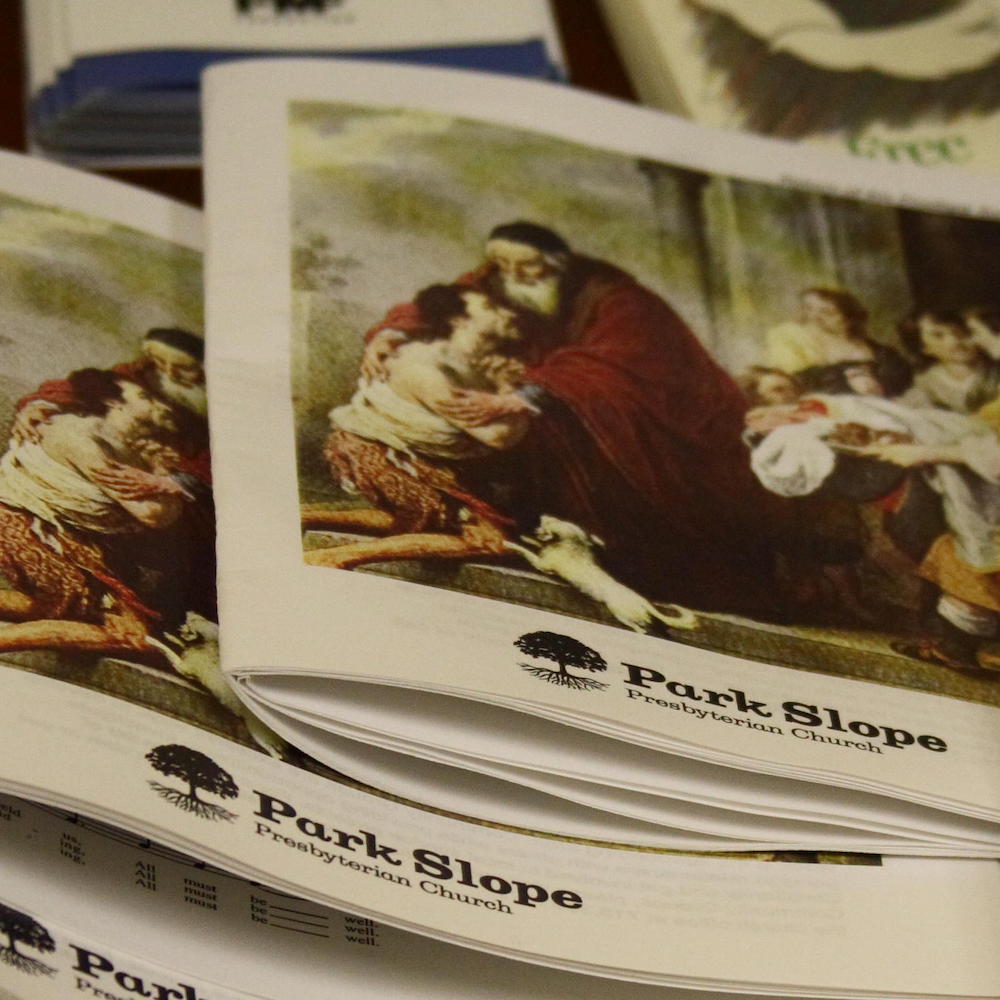
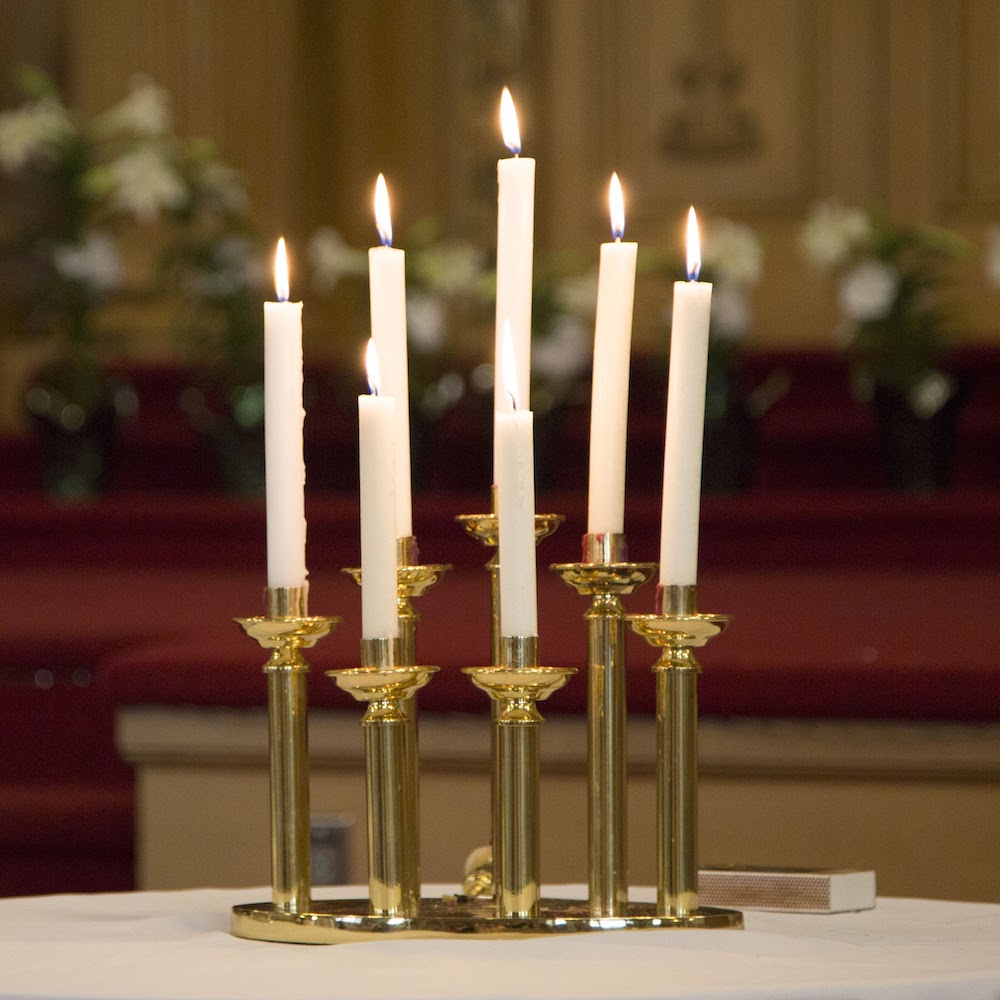
| 1 | Interim Pastor |
| 1 | Youth Leader |
| 3 | Staff |
| 2 | Elders |
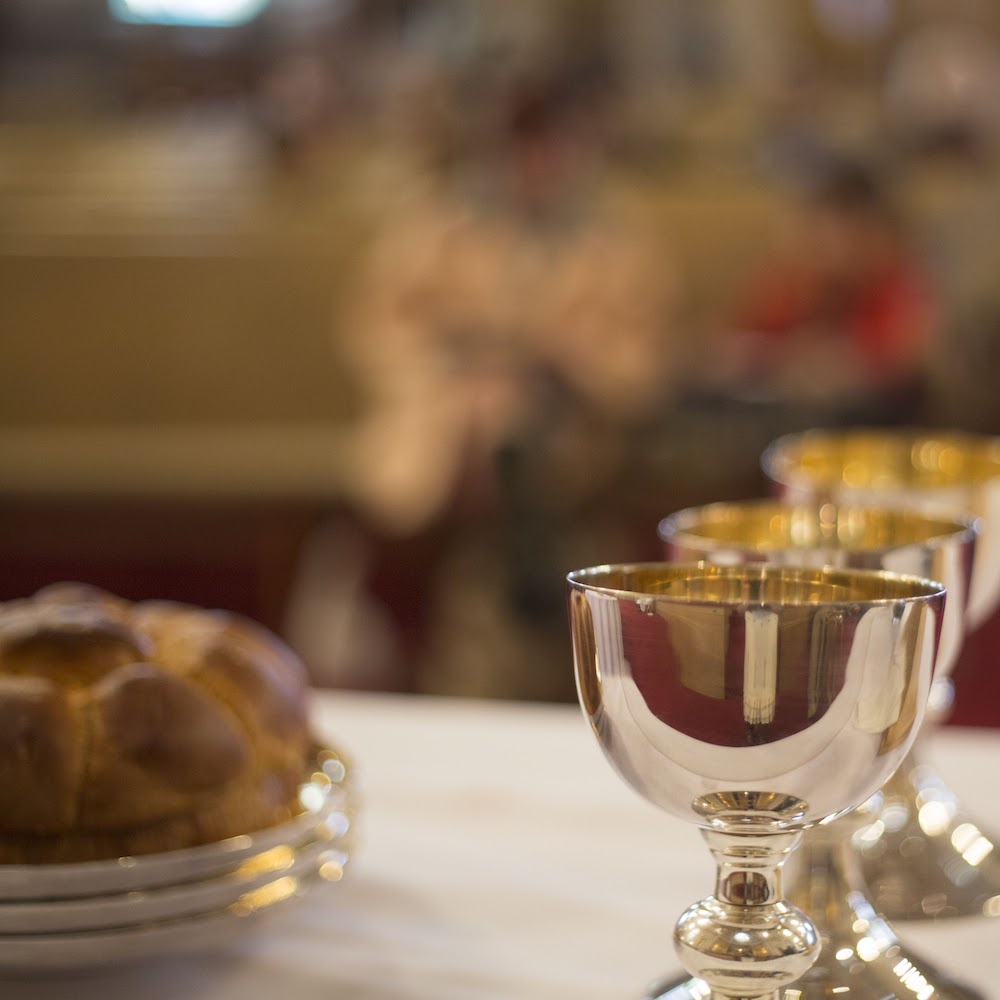
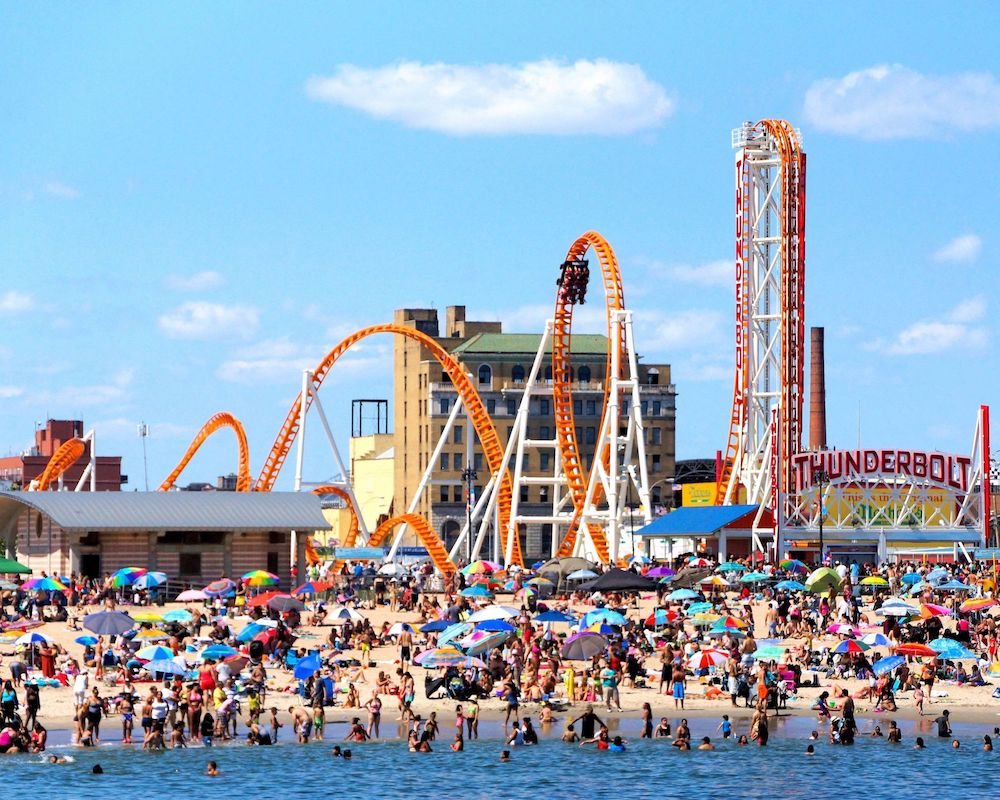
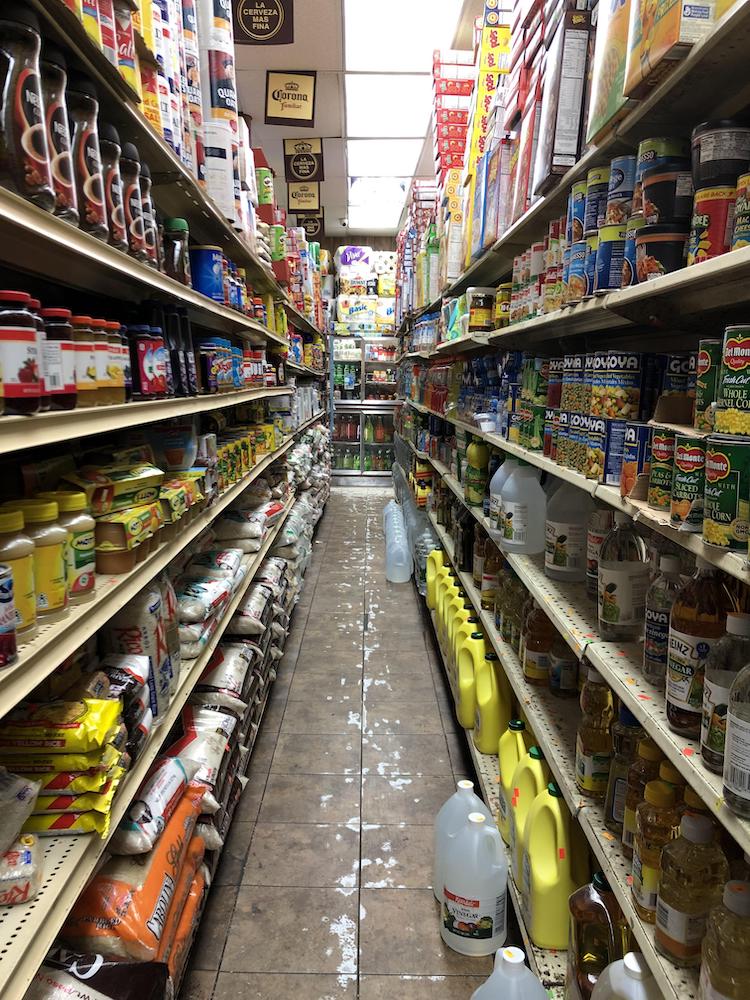
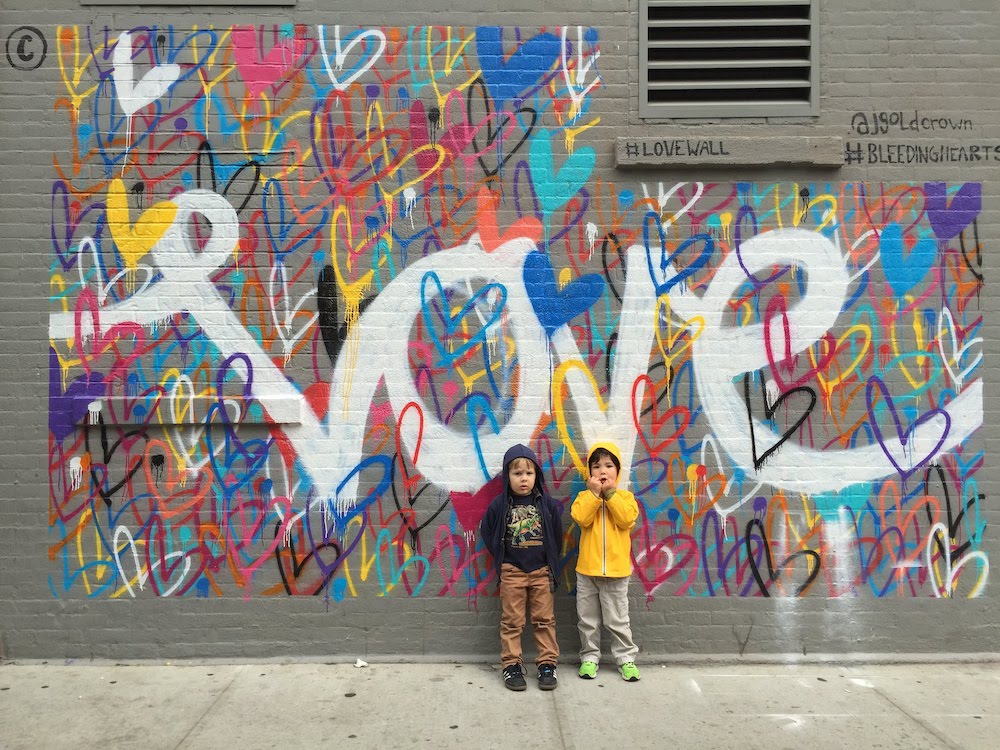
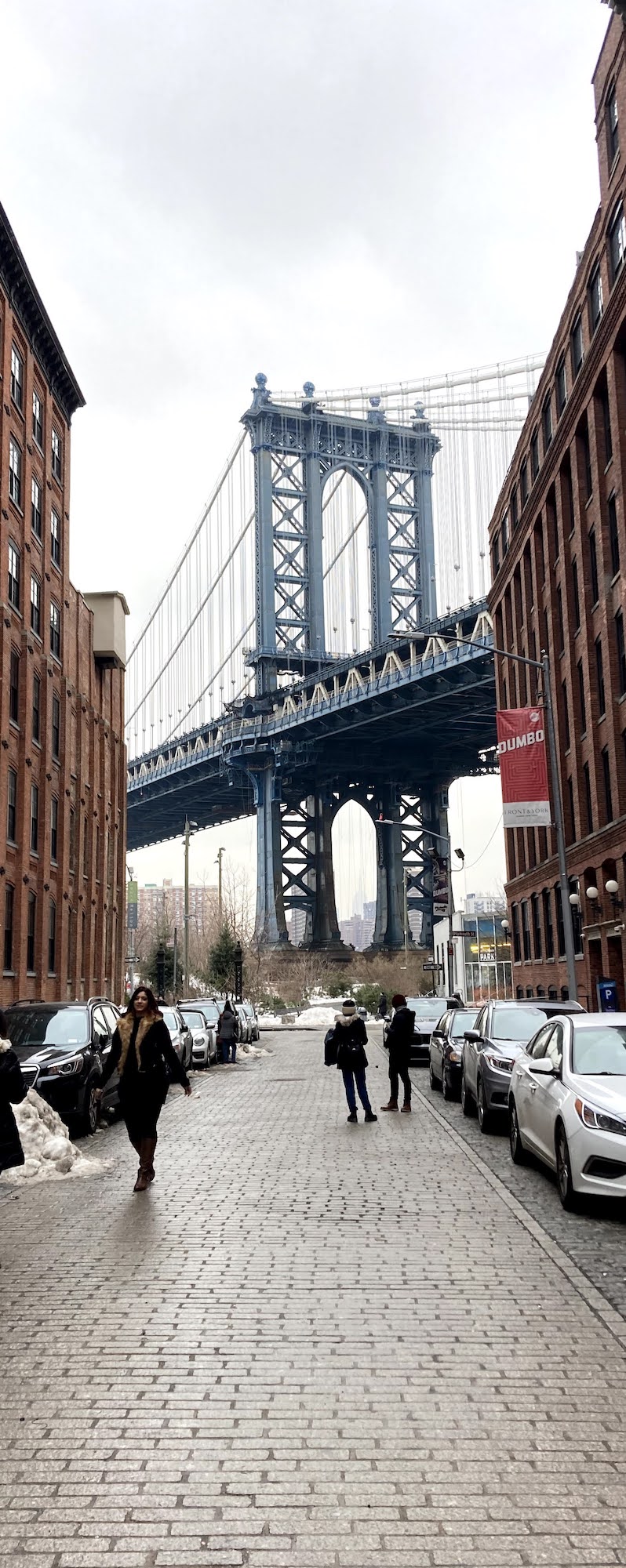
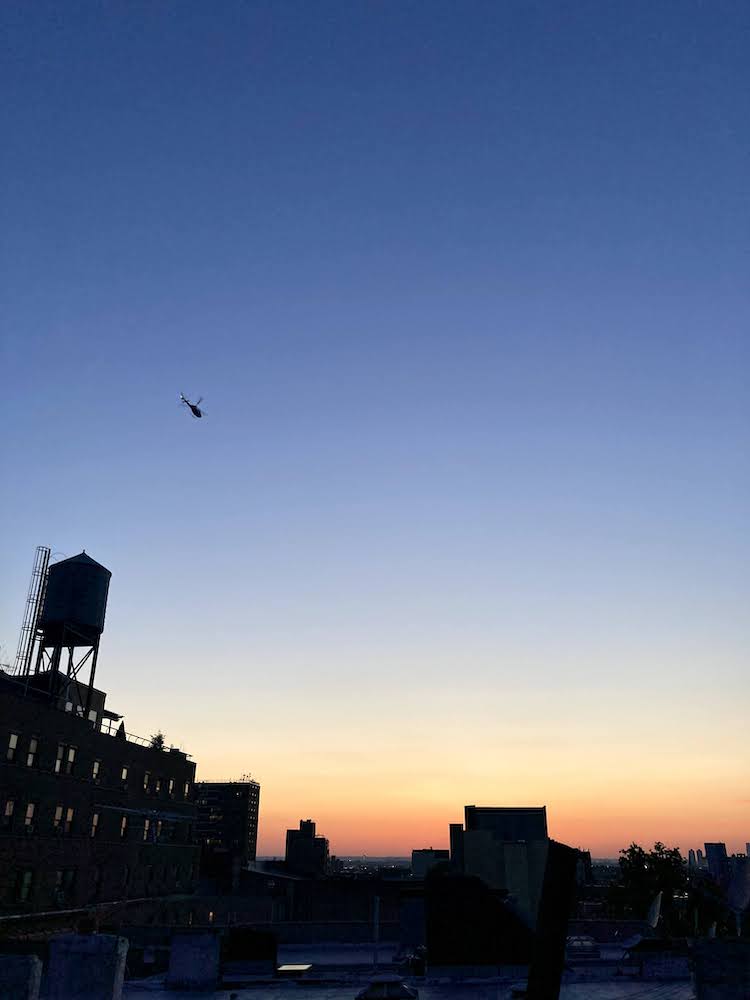
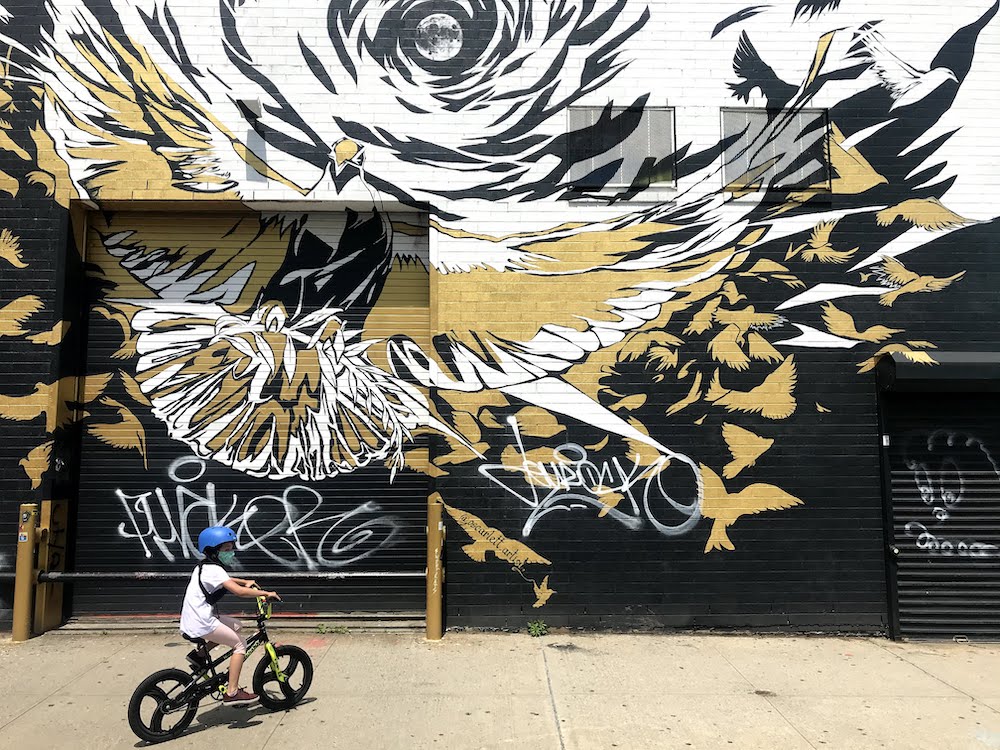
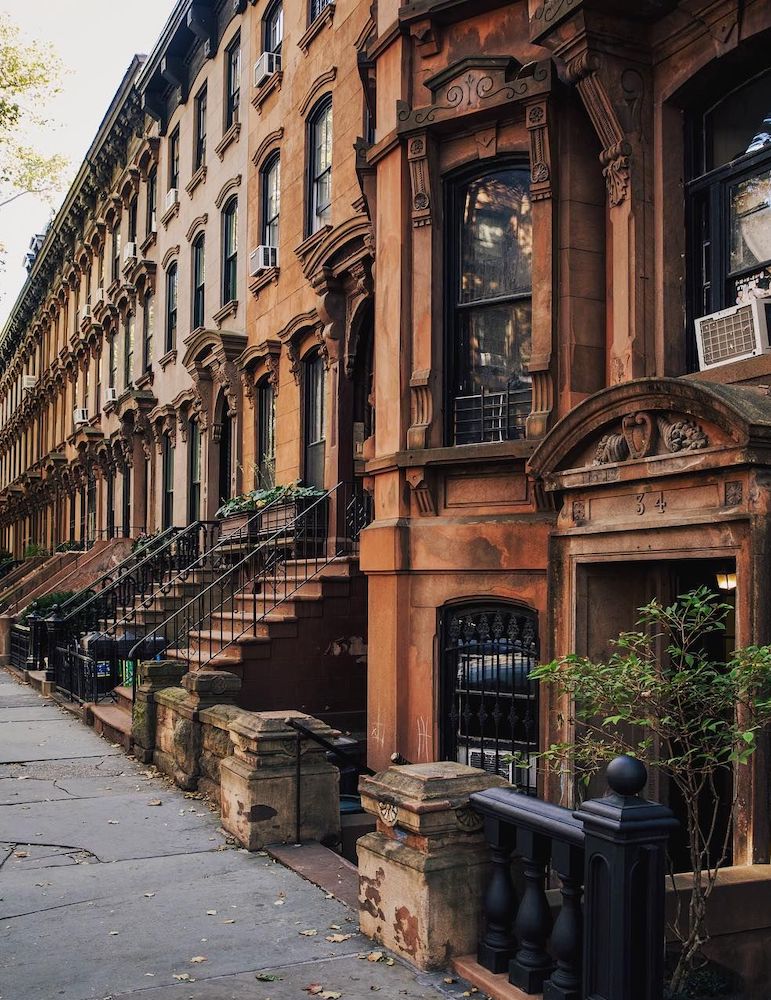
Brooklyn is dense. It has over 39,000 people per square mile. More than NYC as a whole (29,000) and over three times that of Chicago (about 12,000). We won’t even mention LA (at 8,500). Density explains a lot about this Borough.
It explains why a legitimate parking spot need only be a few inches larger than the car that you are parking (and why most — almost 60% of us — don’t own a car). It explains why it is worthwhile for farmers to make the journey from southern NJ and Albany and beyond, to sell their bounty directly in one of our many weekend farmers’ markets; why small stores can flourish (and why the aisles in the grocery stores are just barely wide enough for two people to pass). It explains why when someone says they are buying a home, they usually mean they are buying an apartment; and why about 70% of people rent.
It explains why waiting in line is an art form; why there is an official organization of people who walk their dogs in Prospect Park — and why dogs have their own swimming hole and drinking fountains; why walking is easier if you follow driving rules...keeping to the right and not stopping.


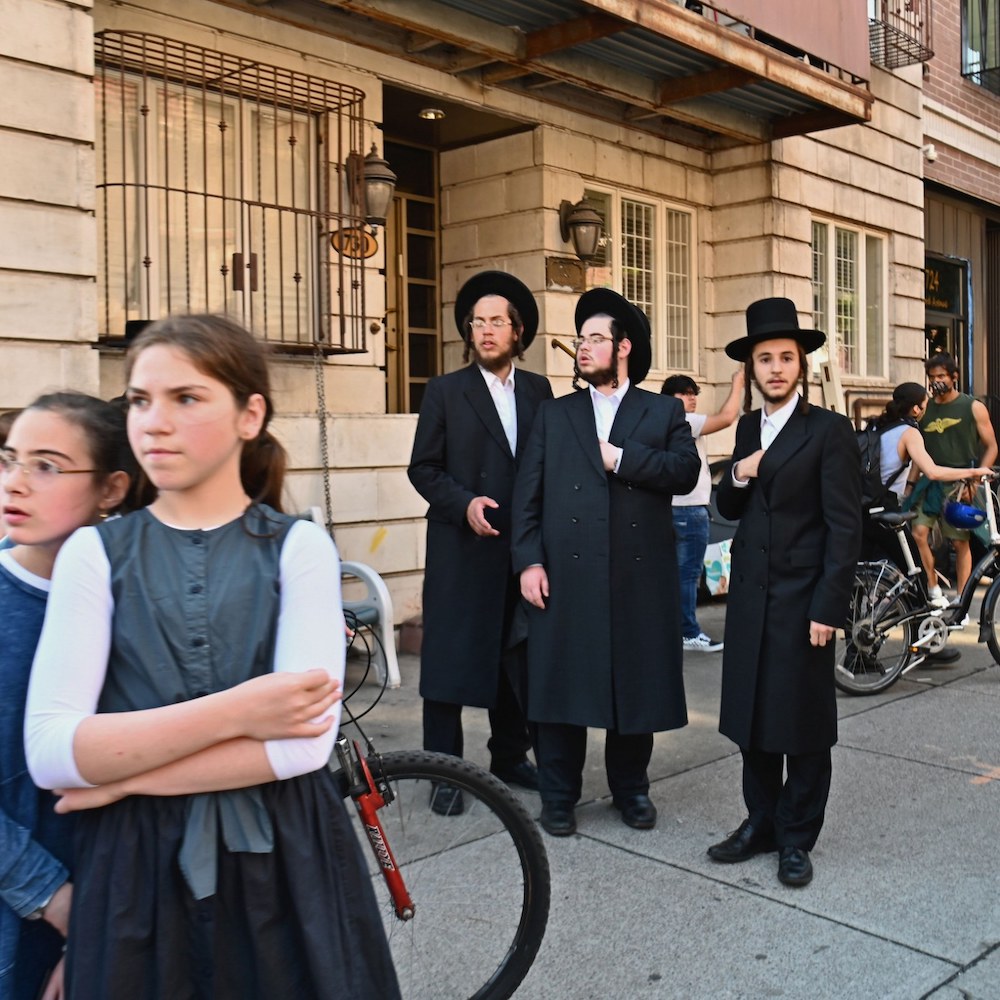
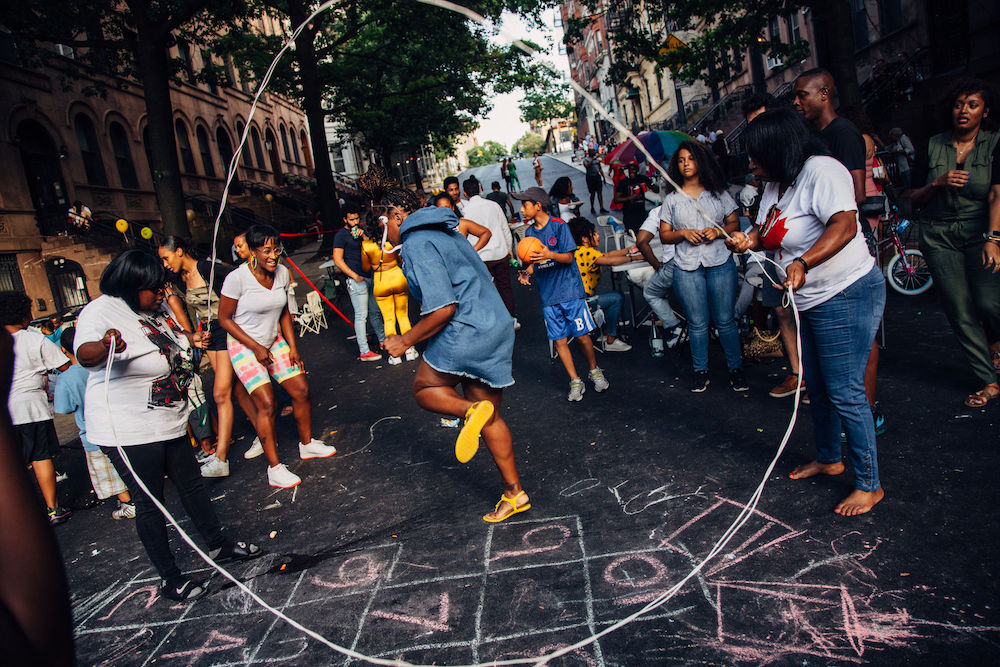
There are over 90 languages spoken in Brooklyn and 36% of the people who live here were born outside of the USA. (In pre-cellphone times you could get on a subway and find your fellow travelers reading in almost as many languages as there were people on the train.)
You can visit Russia, China, the Caribbean, Latin America, Pakistan, India, the Middle East and many places in-between by subway; even a neighborhood that is a mix of 21st c. America and 18th c. Eastern European Judaism.
Add diversity to density and you realize that you can throw a dart at a world map and find a restaurant to match the landing spot...okay, yes, even seafood. It also means that you can open any cookbook and find the ingredients in a store (reluctantly, one must admit this might involve a trip to the “Outer Boro” of Manhattan).
And, why the admonition to love your neighbor is foundational.
It does not take long for new residents to fall into the habit of claiming Brooklyn as their home. You never say you are from New York. You say you are from Brooklyn. Like any city, there is a pride in citizenship — unlike any other city, Brooklynites are correct!
We have the best parks.
There are more than 4,450 acres of park land in Brooklyn. There are over 300 parks and playgrounds, offering everything from tiny tot playgrounds to riverfront views, ocean side boardwalks to skate parks, swimming pools to nature preserves.
And then there is Coney Island — home to ocean beaches, amusement parks, carousels, Cyclones minor league baseball, breweries, the New Year’s Day Polar Bear Plunge, Nathan’s Famous Hot Dogs, and the Mermaid Parade.
Right in the middle, there is Prospect Park — Frederick Law Olmsted’s masterpiece. This historic landmark park has 526 acres of water, woodlands and meadows. It has six playgrounds and a natural play area; ice skating, roller skating, a zoo, horse trails, summer concerts, and sports fields. It has waterfalls. It is a place to celebrate life’s events both big and small, to find refreshment from life’s toils, and — as we have found too often — to mourn as a community. It is our backyard, and in the last year and a half, our connecting space.
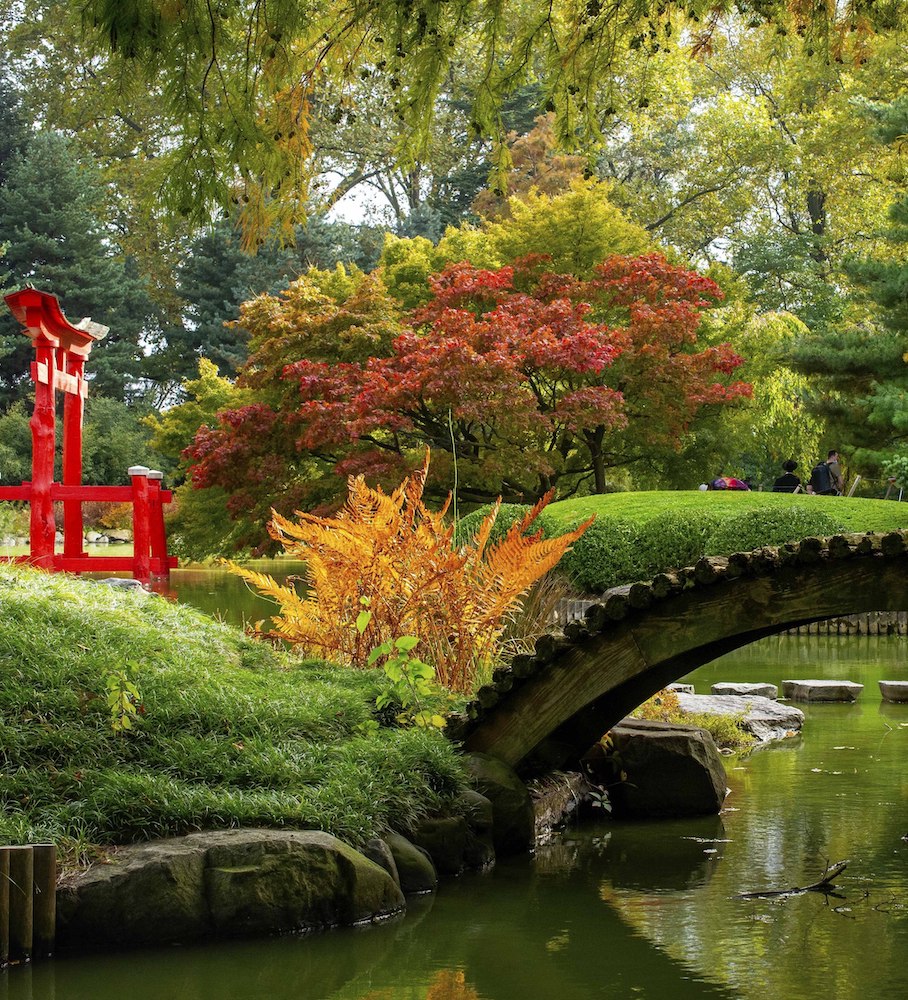
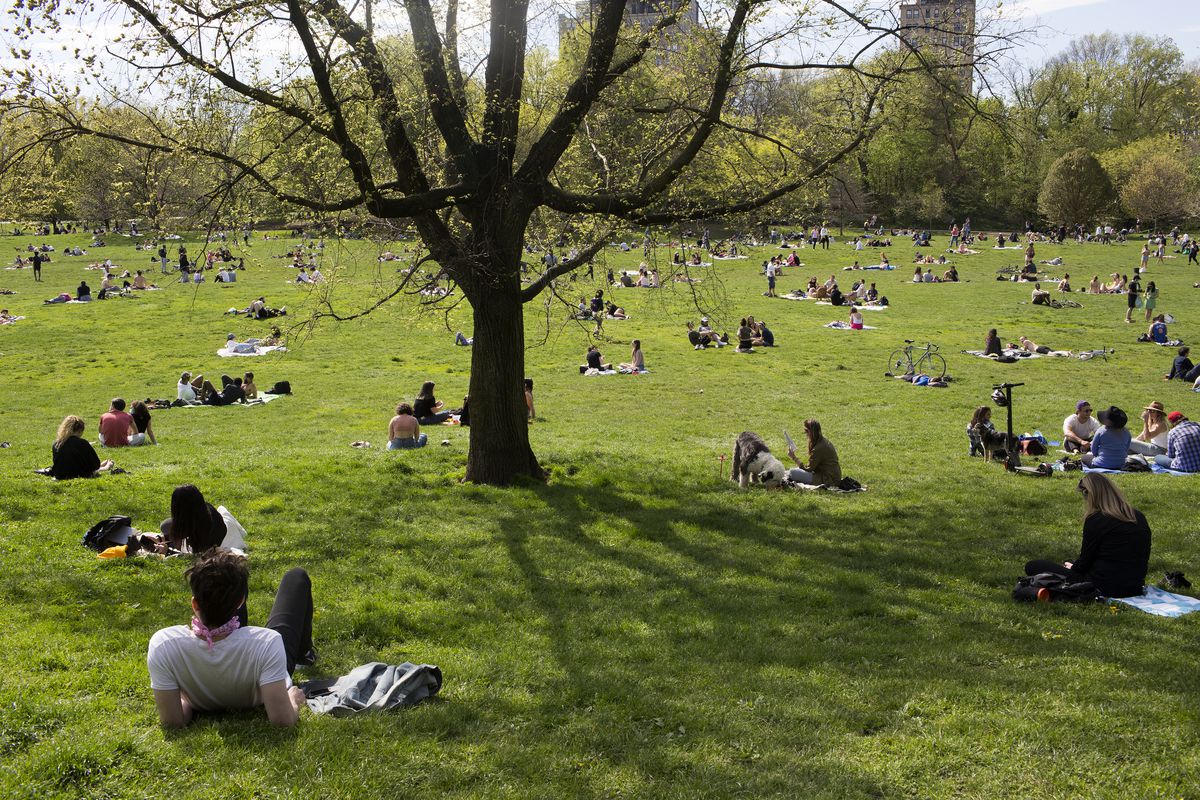
We have culture.
Brooklynites are artists, writers, actors and musicians. Some of them very well-known and some not. Their presence in our Borough enriches our lives and begets hundreds of venues, large and small, where their endeavors are on display.
While indoor and outdoor music venues abound in parks, bars, warehouses, and theater spaces, sometimes the greatest delights are the ones that come upon you unexpectedly — buskers in the subway, musicians jamming in the park, singers voices drifting onto the sidewalks from their upper apartment windows.
And yes, of course, The Brooklyn Museum of Art, the Brooklyn Academy of Music, and the Brooklyn Botanic Garden are internationally recognized, stimulating to the mind, raising life’s questions and stirring the soul. The Brooklyn Public library has 58 branches opening our minds not only through books, music, and movies, but also through programs and classes.
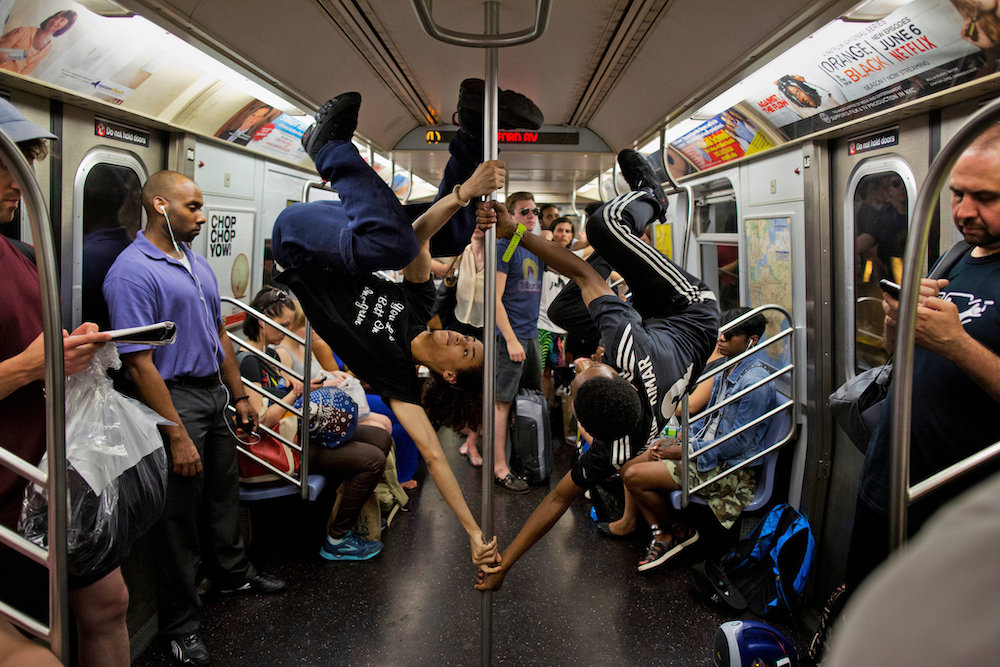
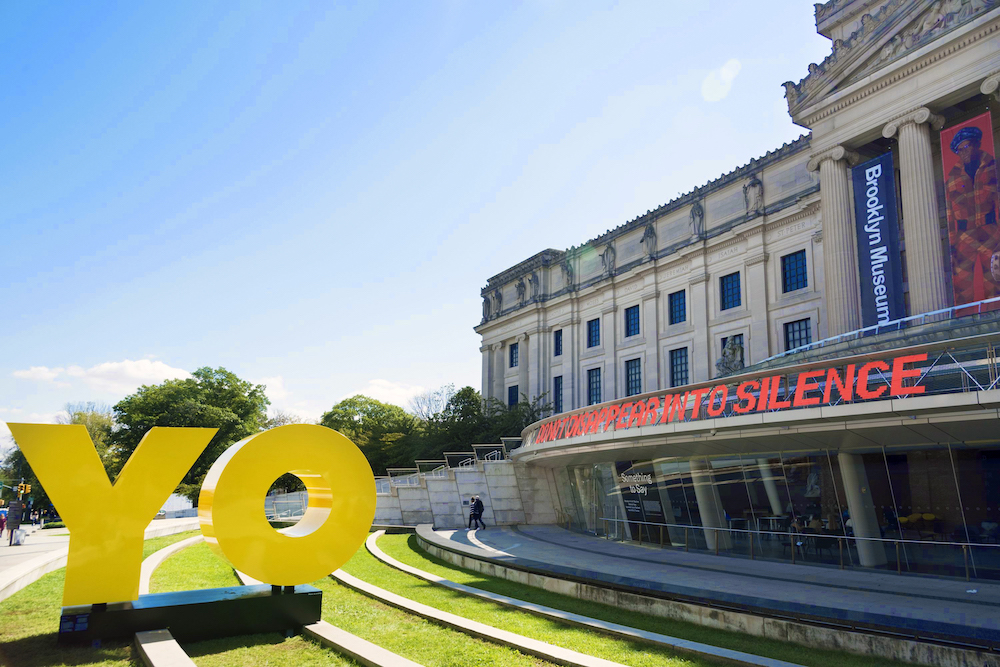
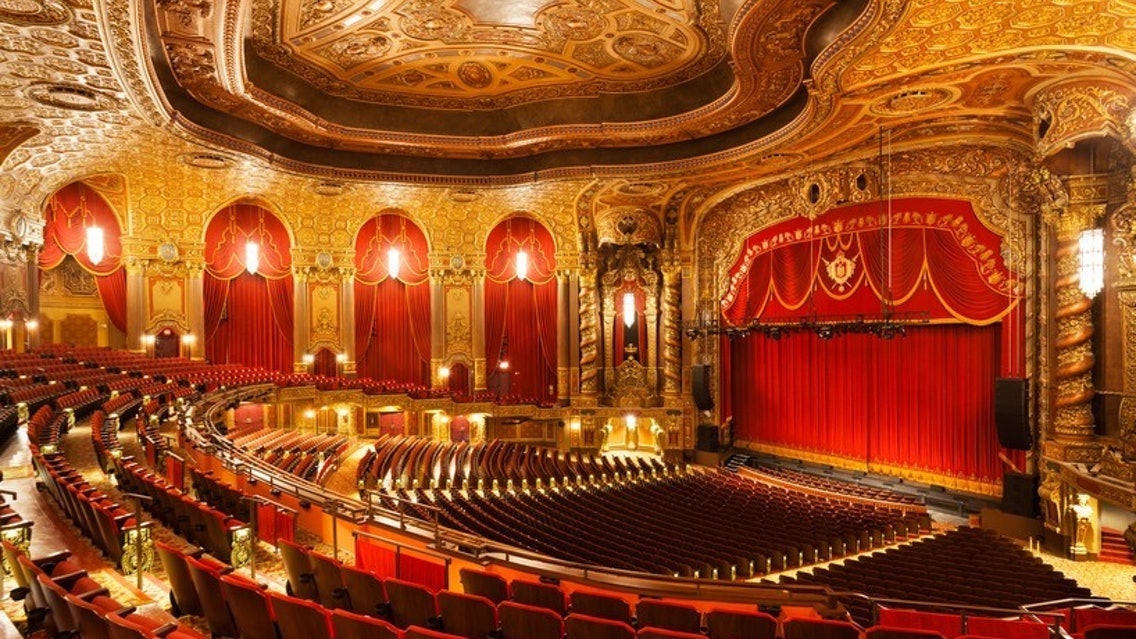
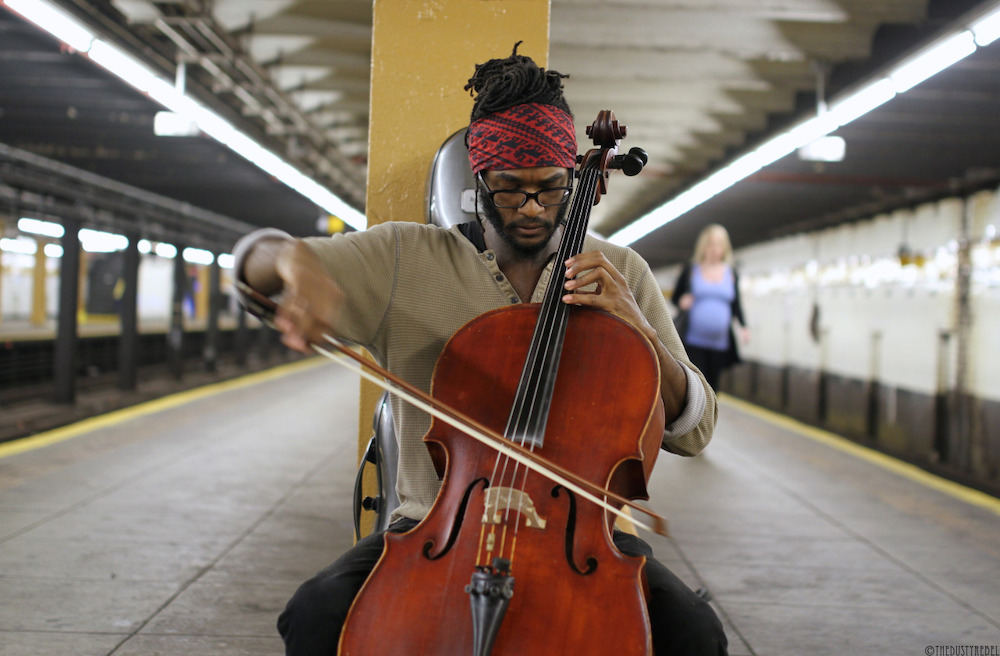
We get around.
It’s easy to get around. The necessities are usually within walking distance (depending on what you consider a necessity). Just grab your shopping bags and walk a few blocks. There are options. There are more options. There are more and more bike lanes. There are rental bikes, motor bikes, and scooters; rental cars and car shares if you need them.
There are 170 subway stations on 16 lines that take you all over NYC (and four hidden stations that are no longer in use). There are 54 bus routes to take you even closer to your destination. They all run 24/7/365.
Brooklyn’s bike paths, bike lanes and greenways cover more than 300 miles (more than any other NYC borough), with more being developed.
We know how to eat.
A recent account of restaurants that use Open Table to book reservations reveals that it would take about 5.5 years to eat at every restaurant in Brooklyn (at one a day!) and that by the time you were done, perhaps 80 percent of them would be replaced with new ones. While many closed due to the pandemic, others have seen this as an opportunity to begin, and many have flourished (and doubled in size, thanks to being able to build outdoor dining sheds in street parking spots!). With the birth of the outdoor dining shed, our streets are alive with diners and the feel is more European than traditional NYC.
Brooklyn has the best pizza, and everyone will tell you a different place to find it. Wherever you go, you must fold your slice to eat it and never use a knife and fork.
More than 40 vendors bring their bounty to the Grand Army Plaza Farmers Market on Saturdays. Twenty other markets can be found around the Borough throughout the week.
From neighborhood corner delis to ethnic markets, specialty foods to supermarkets (even a Whole Foods and one or two other large stores), you can buy almost anything...at most any time of the day.
You want more?
Brooklyn contains real neighborhoods that are distinguishable from each other. Neighborhoods where you pass your neighbors walking on the streets going about their lives, where you know the names of the people whose shops you frequent, where families can still be found playing stickball in the street.
Brooklyn is a place of parades — lots of parades, including the City’s largest parade — the West Indian Day Parade on Labor Day, which draws between 1 and 3 million people to central Brooklyn — the Park Slope Halloween parade, which draws families from all over the Borough, and the Little League parade at the start of each season.
What else?
It is a place of delis on every corner, nail salons, barbershops, street fairs, block parties, and political rallies. It is home to a subway museum, a children’s museum, a Jewish children’s museum, an historical society, and Weeksville, a historically preserved neighborhood founded by freed slaves in the 19th century.
It is home to public schools, private schools, religious schools...language schools, universities, colleges, art schools, music schools, tech schools, beauty schools, bookstores. It offers lessons in most anything.
There are places where people of almost any faith gather to worship. Brooklyn is known as “The Borough of Churches.”
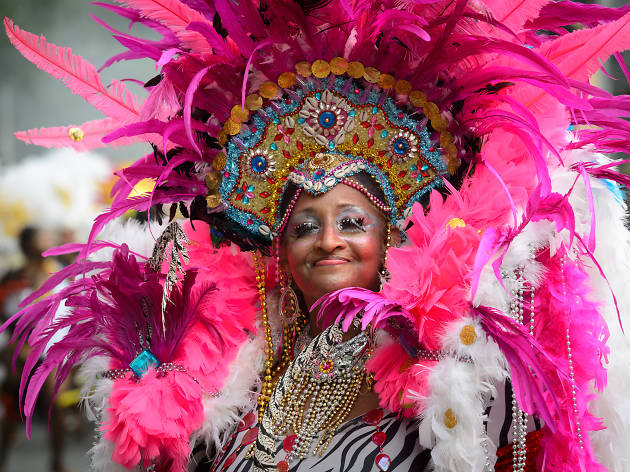
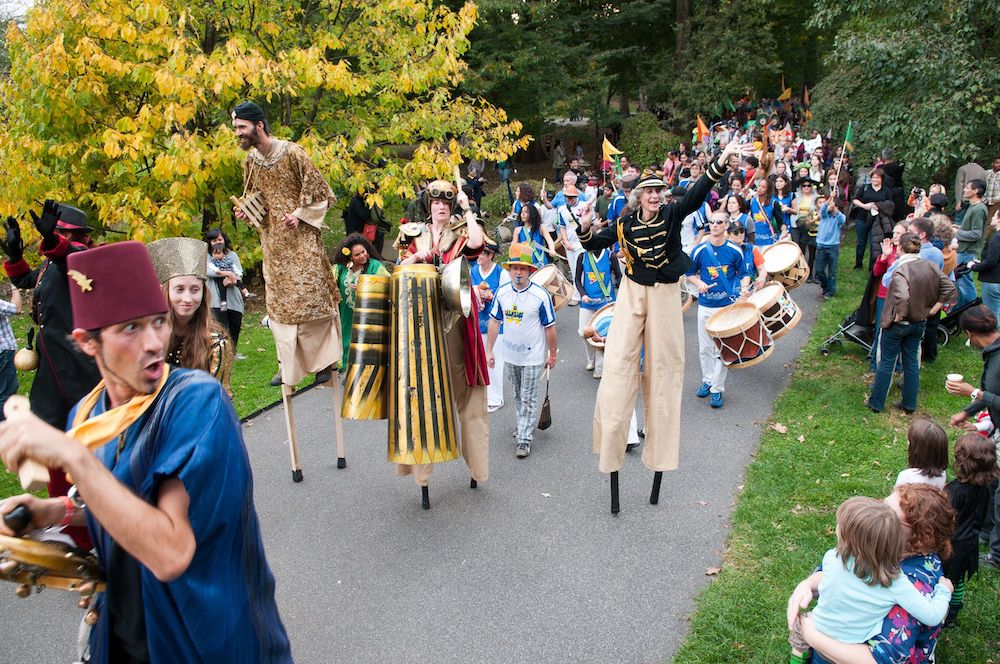
One study found that something like ten percent of the people in this country have some connection to Brooklyn. Perhaps they were born here, or immigrated here, or their current or distant relatives spent time here, or their spouses. So, people move on.
Yes, there are life-long Brooklynites...and they are happy to tell you who they are. But most of us are transplants. Brought here like you would be, from another home. They come from rural areas, small towns and urban areas. From this country or others. They think that the original Brooklyn accent sounds funny. They are young (50% of Brooklynites are under 34) and have energy and ambition. Some come for school, some for work, some for opportunity, some for adventure. It is cliché, but they come with hopes and dreams. And, for that reason, they are willing to embrace — or at least accommodate — the rhythms of this town.
The reasons they leave are as varied as the reasons they came. They leave to go TO something — to pursue new opportunities or to meet family obligations. And they leave FROM here — they find that, over time, the pros of density do not outweigh the cons. It happens over time, but it hits, most times, in one moment...the guy that will not move from blocking the door of the subway; trying to get an awkward item up three sets of stairs to your apartment; knowing too much about the upstairs neighbors.
Whatever the reason, there is a substantial portion of the population that turns over each year. It is visible when the end of the month comes and there are moving vans everywhere. Some going to other apartments, some to other places. It is mirrored in the church rolls.
Those of us who stay, stay because we love the City, and the people in it. We stay for the diversity, the cultural institutions, and the good food. We stay because even though we have been in the City (in many cases) for decades, and have travelled on what feels like every street in Brooklyn, there is always something new to see. We stay because we long to be a part of God’s plan to help people flourish within the cultural and financial heart that is NYC, and which overflows outward to the rest of the country.
Can you make a life here?
Yes. Brooklyn is more than the sum of its parts. It challenges you to grow and learn and thrive. Millions do it every day.
The pastor that we collectively need DOES exist. We know that any new shepherd for this flock will bring his own gifts. We expect it. We yearn for it. But we also know that there are qualities that we are looking for in that pastor. Qualities that are knowable. And knowing them will help you to determine if we are a good fit for you.
We want a pastor who has a heart for the scriptures, who is deeply rooted in the Word. This is not negotiable. From this springs every other trait. A rootedness in scripture will express itself in an eagerness to see us grow and mature in the knowledge of God’s Word. This will create stronger congregational leaders who can be a part of the scaffolding for the future God has set before us. A pastor, rooted in scripture, will be able to model how we integrate our Christian lives with the world around us — how we walk out of the church and address the issues of the day as Christ would.
We want a pastor with imagination. Imagination to see us as we can be in Christ — and someone who has the vision to take us there. A vision that includes both who we are as a church and how that identity should be reflected in our diverse lives and experiences — how we can work within and serve the community around us. But, imagination alone will not get us there.
We want a pastor that is a builder. We may have started as a church-planting church, but now we are in need of spiritual fertilizer to build us back up. We have lost members and resources and need someone with fortitude to help us re-establish our core identity and flourish as a congregation — someone who has a deep understanding of joy and who under- stands the role of hospitality and celebration in our church. This will equip us to serve each other and those around us, and to extend a spirit of common grace, mercy, and dignity to those in need.
We want a pastor who is wise. Not just a builder but, as necessary, a bridge builder. As you would expect in an urban setting, our congregation sees the world through many differ- ent lenses. We hope for someone to come alongside us as we approach one another with humility, share vulnerably, seek forgiveness when needed, and love each other deeply.
We want a pastor who knows how to listen and who is curious about the lives and needs of our larger neighborhood. Someone who has empathy to reach out and to love our neigh- bors and who has the desire to come alongside them to meet them where they are.
We want a pastor who “acts justly, loves mercy, and walks humbly with God” and who “learns to do good, seek justice, correct oppression, bring justice to the fatherless, plead the widow’s cause”.
All of this, of course, will take a pastor who has a sense of humor.
If you believe you are all of these things; you are very likely mistaken. Which is why we are looking for a pastor with humility, who has the courage to look for help when they need it, and who allows others to fill in the gaps. Someone with the willingness to fail and try again, because we believe in God’s grace.

Step 1: Please prepare a cover letter, resume and a response to the questions below.
Step 2: Please use the following format to label all attachments: FirstnameLastname_Resume. Examples: JohnSmith_CoverLetter, JohnSmith_Resume, JohnSmith_Questions
Step 3: Send all attachments as PDFs to pastorsearch@resurrectionbrooklyn.org. Priority consideration will be given to applications received before November 15, 2021.
Thank you for your interest. Review of applications will begin immediately and continue until the position is filled.
To learn more about Resurrection Park Slope, please visit www.resurrectionparkslope.org
A pdf version of this packet is available at resurrectionparkslope.org/pastorsearch
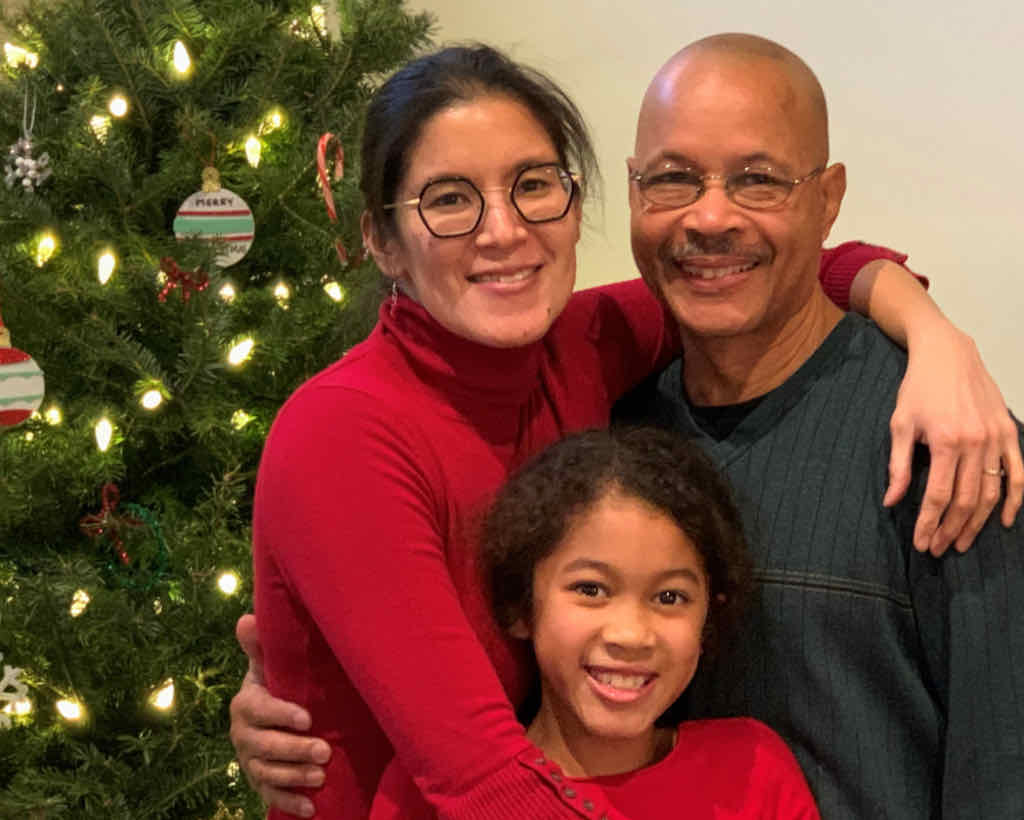
June is a Brooklyn native living in Windsor Terrace with her husband Mel, and her daughter, Kayla (10). June came to RPS in 2011, and is happy to have such a wonderful church where she can grow in her faith and raise her daughter to know Christ. June heads up a travel and education company that connects life-long learners with deep subject matter experts. She loves travel, food, and fast-paced workouts.
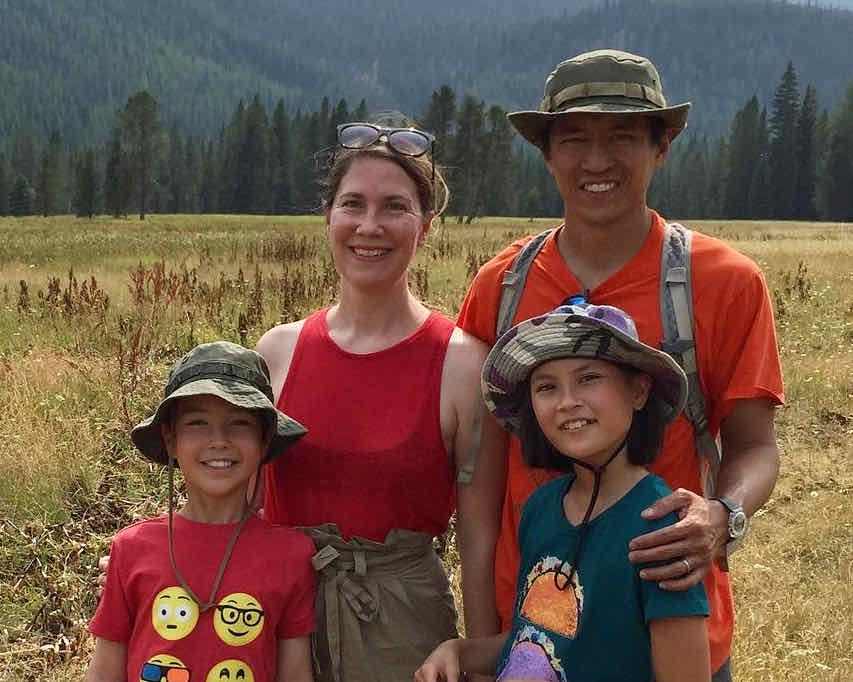
Anna moved to New York in 2003. With a childhood spent all over the globe, Brooklyn is where Anna, her husband Sean, and children Vera (10) and Henry (8) have committed to taking root. Since attended RPS in 2012, Anna has been a part of the prayer ministry, various small groups, and Fellows. Anna trained as an architect, but now makes jewelry. Anna loves Brooklyn, community, travelling, and design.
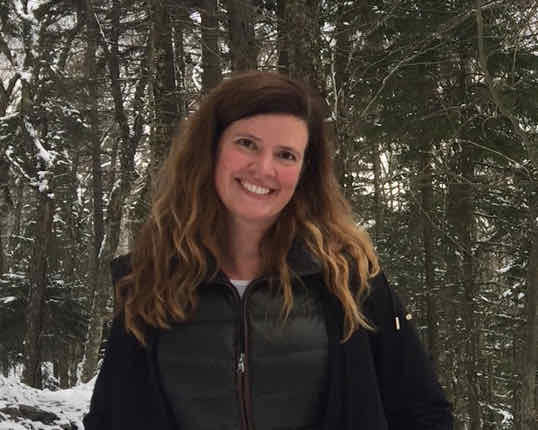
Originally from Georgia, Christy has called Brooklyn home for 18 years. She attended RPS shortly after it began and has been involved ever since. She has served in the Children’s ministry and as a community group leader. Her favorite things to do include teaching art, painting, sculpting, swimming, hiking, eating Mexican food, and biking around Brooklyn. She prefers doing most of those things with good friends.
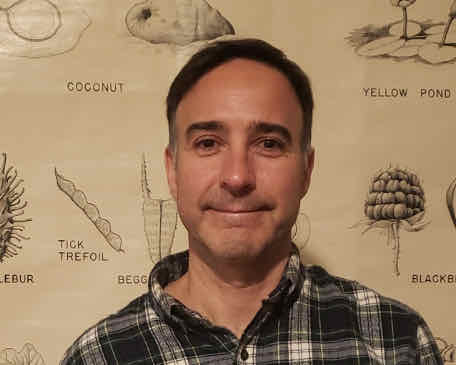
George grew up on Long Island, but has lived in NYC for half his life. He currently lives in Flatbush. After visiting RPS, he felt immediately comfortable and quickly become a member. George has been involved in community small groups, men’s groups, the Mercy Team, and the sound team. He works in the IT field. His interests are in books and movies, motor biking, design, psychology, and some camping.
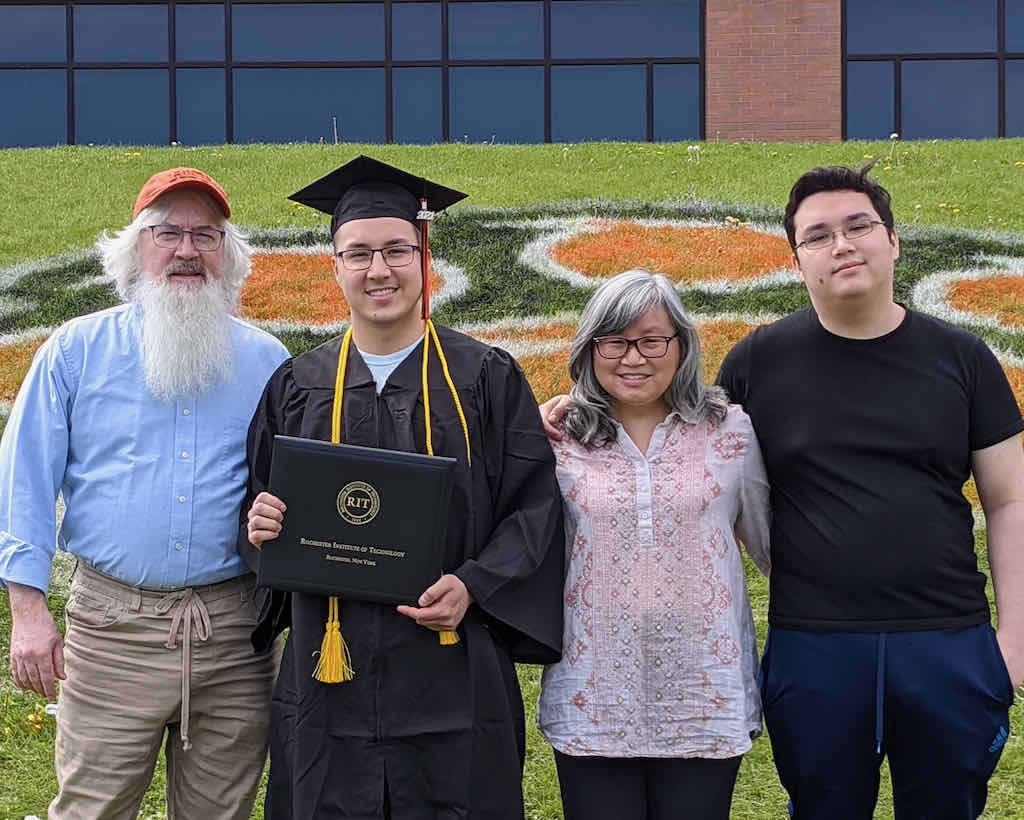
Roland is a PhD physicist, employed as a software engineer. He has served as staff on a para-church organization, as a deacon, elder, church trustee, small group leader, and Sunday school teacher. In his “free” time, he serves as the Scoutmaster of a Brooklyn troop. While Roland is a transplant from Missouri, his wife, Maria, is a Queens native who migrated to Brooklyn. They have two sons and live in Bay Ridge.
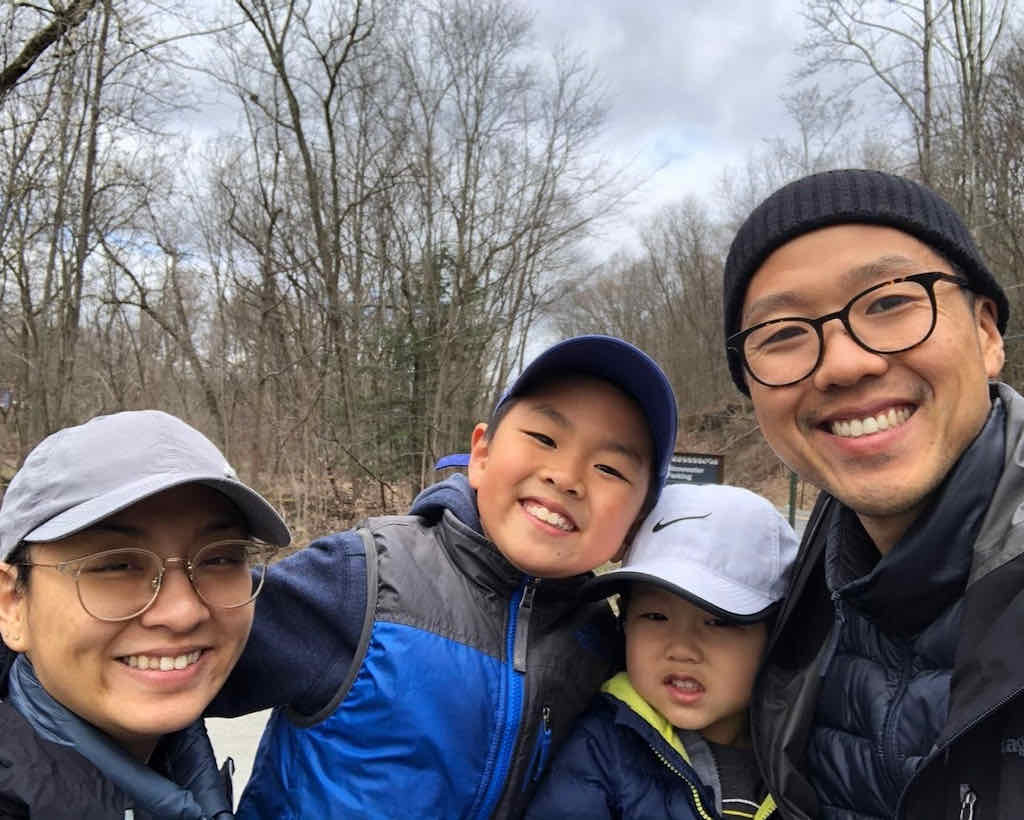
Originally from Chicago, Joe moved to New York in 2004 and Park Slope in 2016. At RPS, Joe and his wife Young, and their sons Toby (9) and Emet (4), have grown through Sunday services, children’s ministry, and community groups. Joe is a physician, researcher and health equity advocate with a focus on leveraging human rights frameworks and medical-legal partnerships. He loves food, travel and the great outdoors.
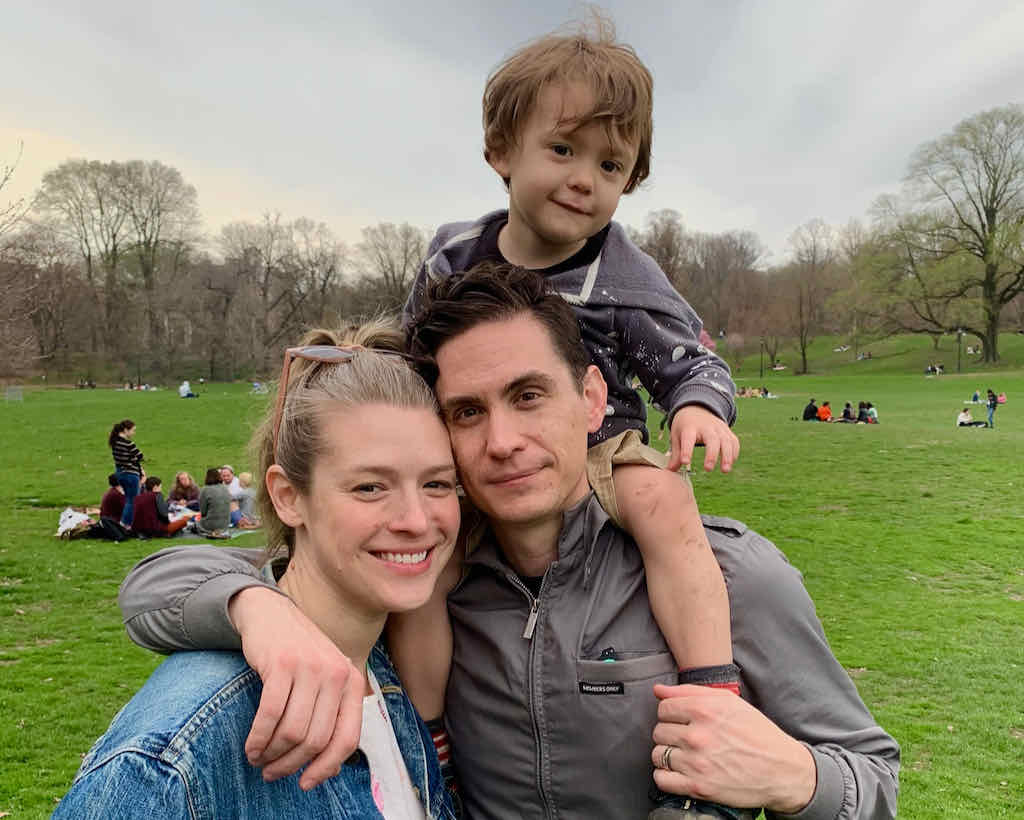
Ryan was raised in Virginia Beach and has never known a day without Jesus. He and his wife, Megan, moved to Brooklyn in 2004, attending RPS shortly after. Ryan led various small groups for years before taking a break when his son, Roscoe (5), was born. He helps with sound and tech at the church. Ryan is an indie music snob and most of his friends are unwilling to tell him their favorite band for fear of ridicule.
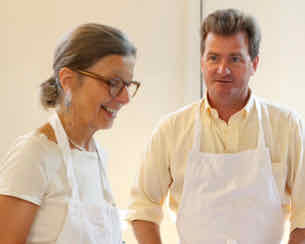
Born and raised in Buffalo, Mary has joyfully lived in Brooklyn for many years. She works for a Landscape Architecture firm. Mary has been blessed to serve the church doing almost anything. With heart for mercy, she served as head of the Mercy Team for the Resurrection churches for 10 years. She and her husband, Christian, love to cook and feed others. They see hospitality as a gift that they are privileged to give.